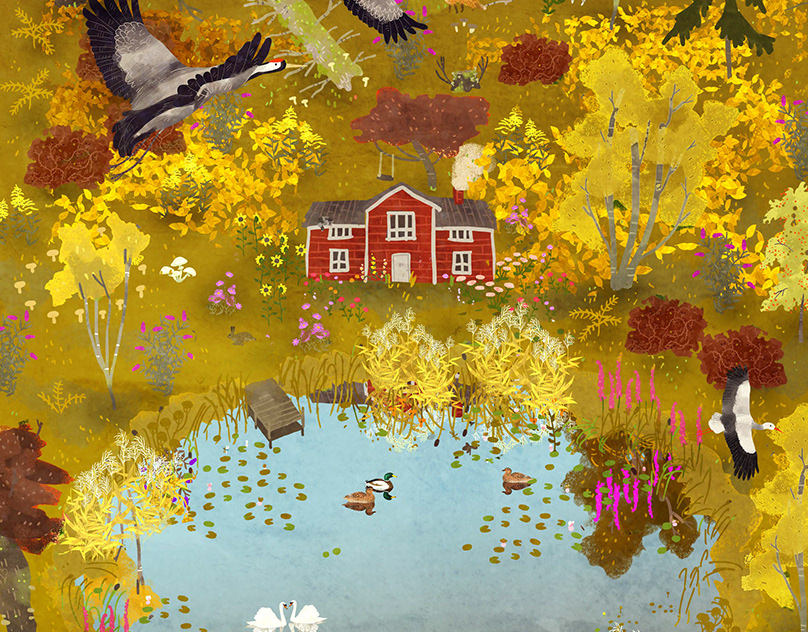




BEAUTIFIED CHINA II
May 2018
The series continues with a focus on China’s ‘other’ cities.
Iconic structures are spread across the country, Beautifed China II
continues to capture the most striking looking buildings from a minimalist perspective.
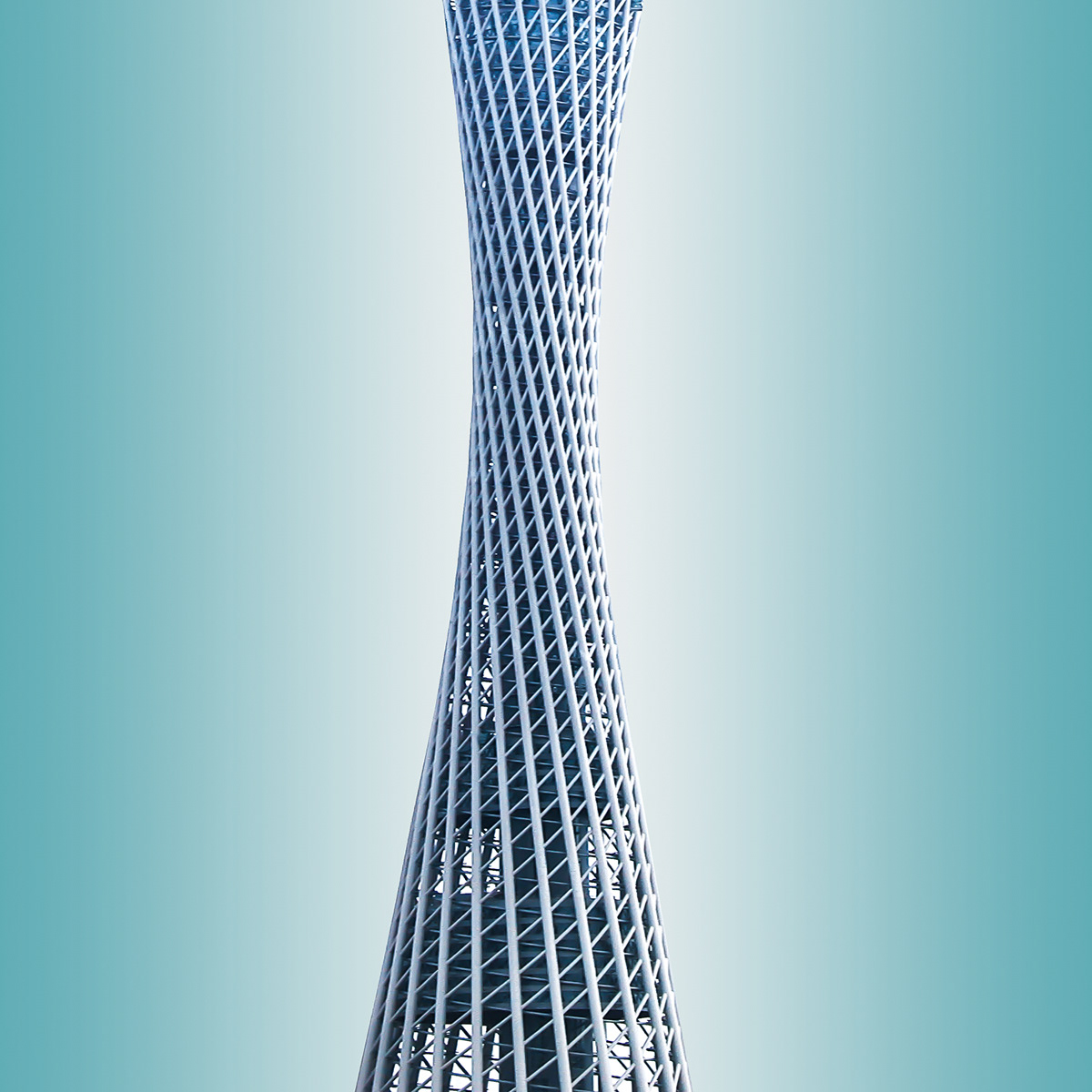
Canton Tower
Architect: Information Based Architecture
Place: Guangzhou
Building Completed: 2010
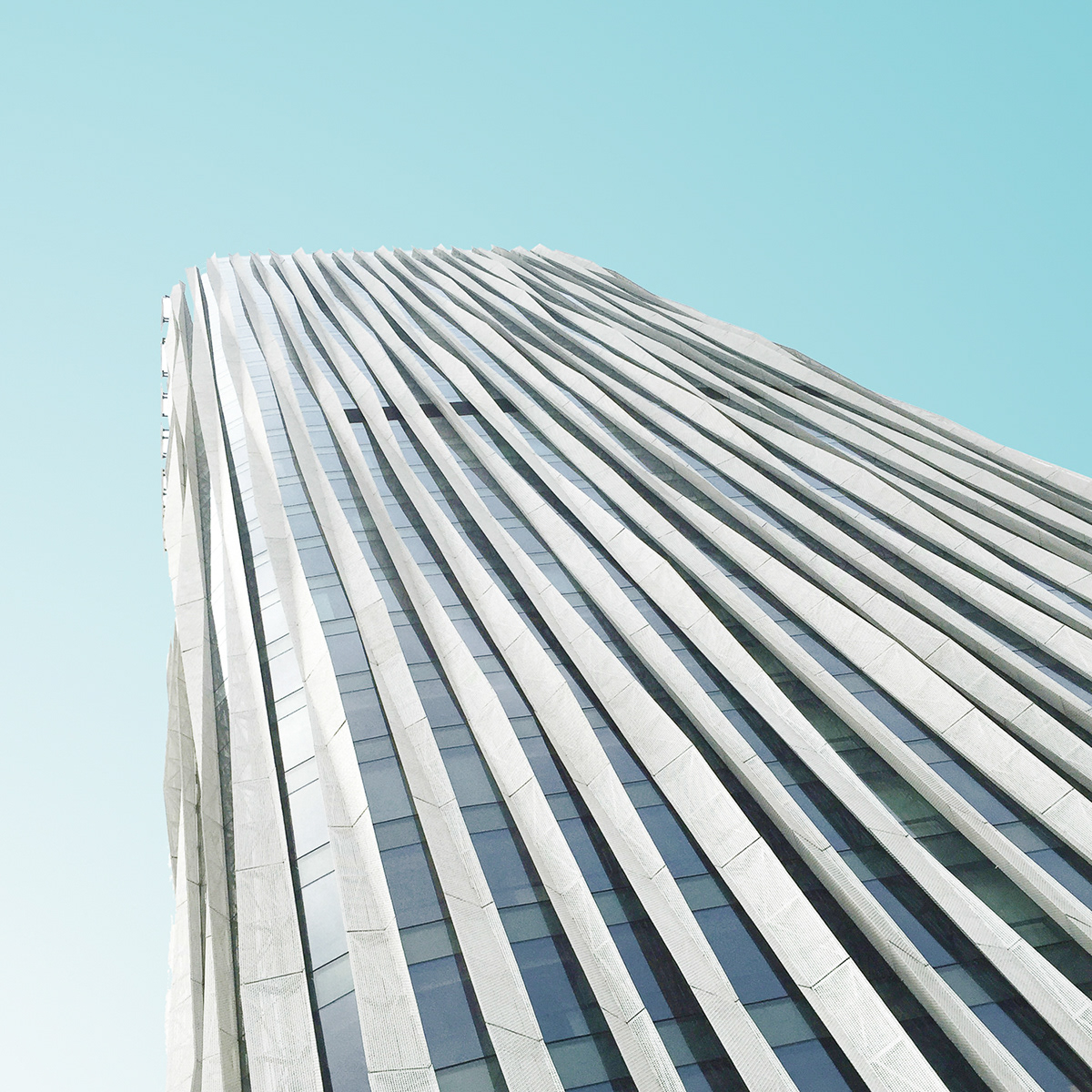
Hongkou SOHO
Architect: Kengo Kuma
Place: Shanghai
Building Completed: 2015

Harbin Grand Theater
Architect: MAD Architects
Place: Harbin
Building Completed: 2015
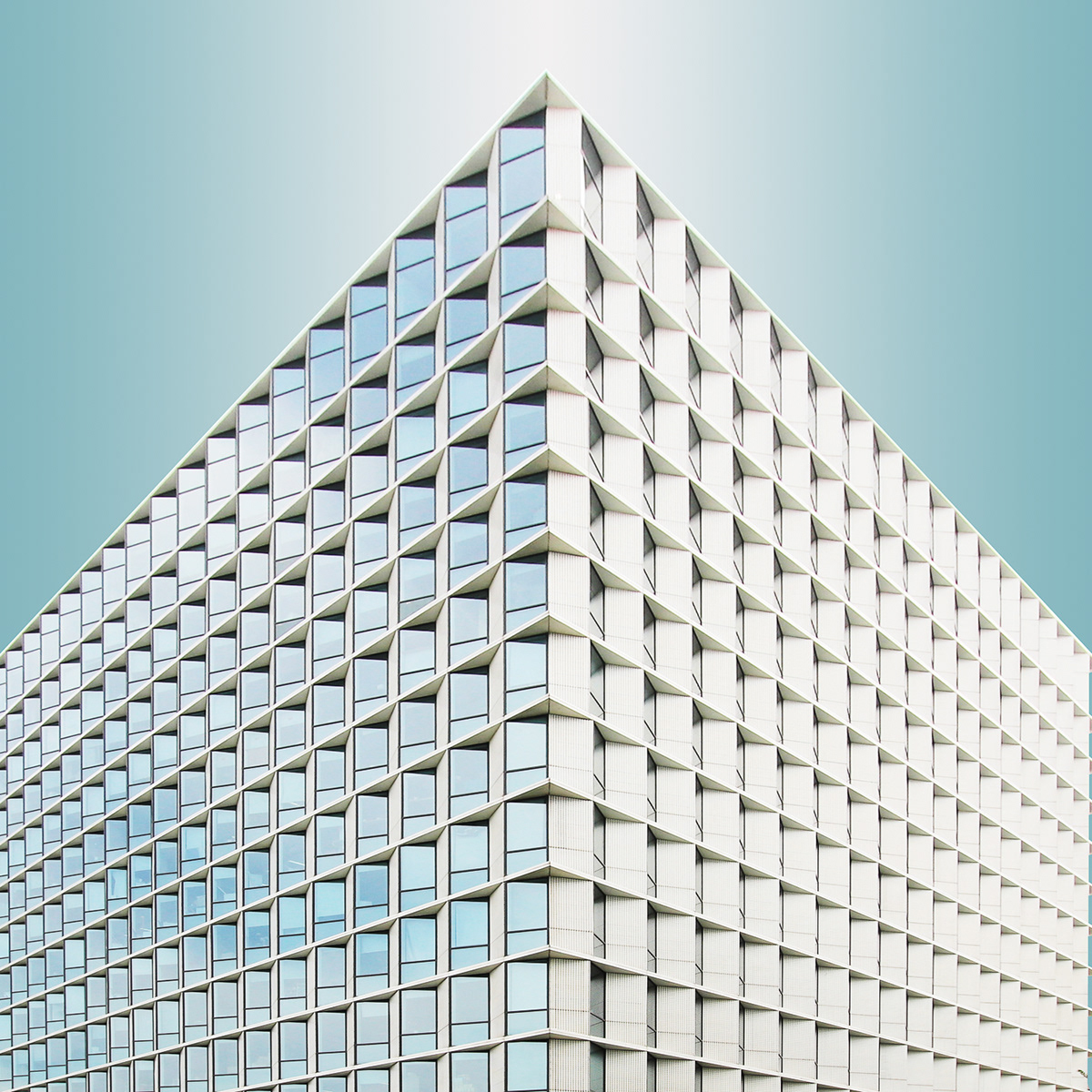
3 Cubes
Architect: GMP Architekten
Place: Shanghai
Building Completed: 2015
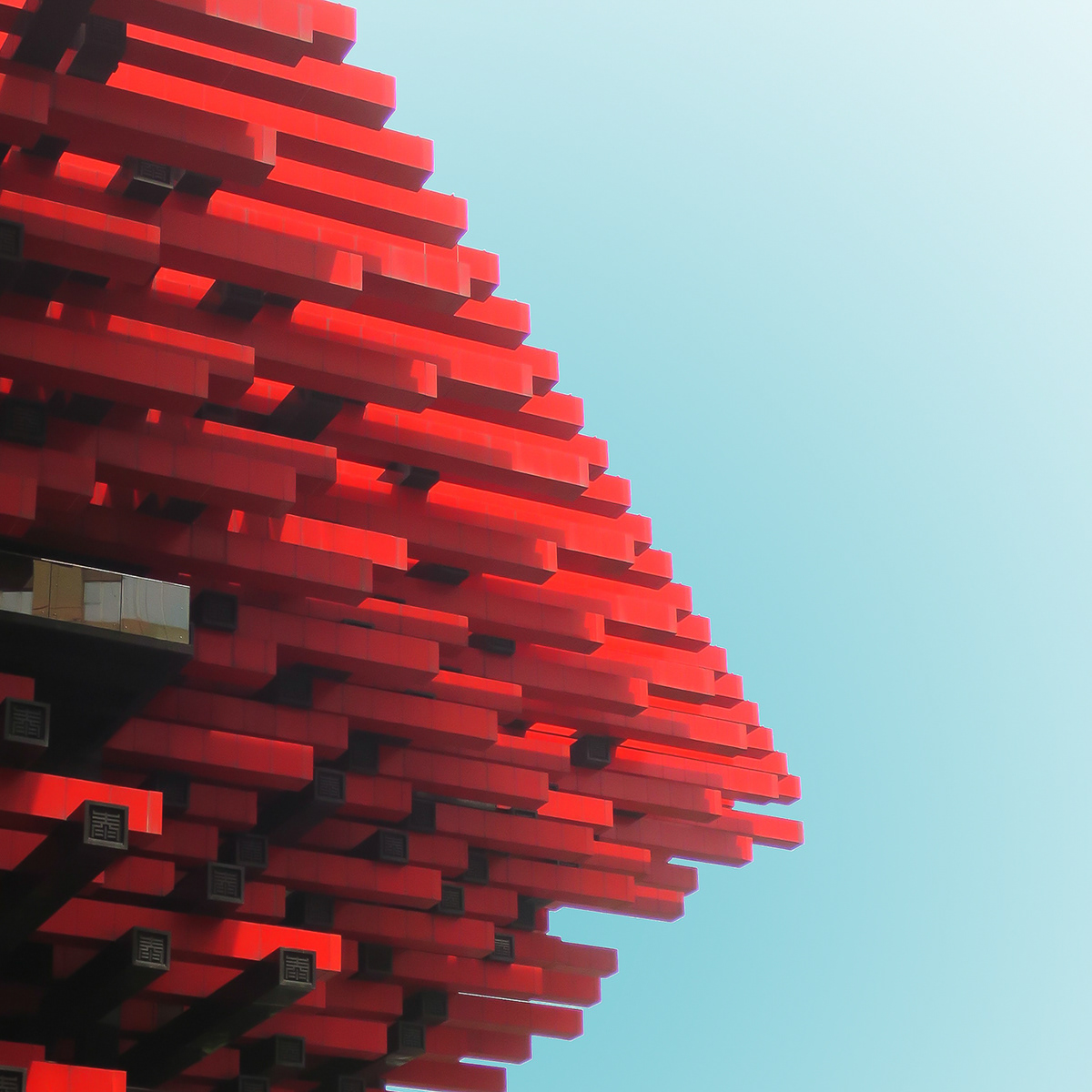
Guotai Arts Center
Architect: China Architecture
Design Groud
Place: Chongqing
Building Completed: 2013





Where Beautified China I left off
China’s flamboyant building boom started some 12 years ago. As China was gearing up to the 2008 Beijing Olympics and the 2010 Shanghai World Expo, a wave of iconic architecture started fooding the major Chinese cities. Western starchitects, and their eastern counterparts, started proposing (and quite a bit of them got realized) iconic structures for Beijing, Shanghai and other cities across the country. This set the stage for a new face for the country. The Olympics and Expo passed by successfully and China kept on building, bolder, more daring till 2012, when chairman Xi called for a stop. Or rather for a more refined ‘iconic’ architecture. Looking back at the past decade, you can ask yourself what came from all those proposals. That was the premise for Beautifed China I (published in 2017). Now, with this 2nd series, Beautifed China II, there is a deeper look at what happened in those ‘other’ cities spread across the mainland. Beautifed China II presents a series of 20 minimalist photos, taken over the past 8 years, across 12 cities, highlighting China’s iconic architecture building boom.
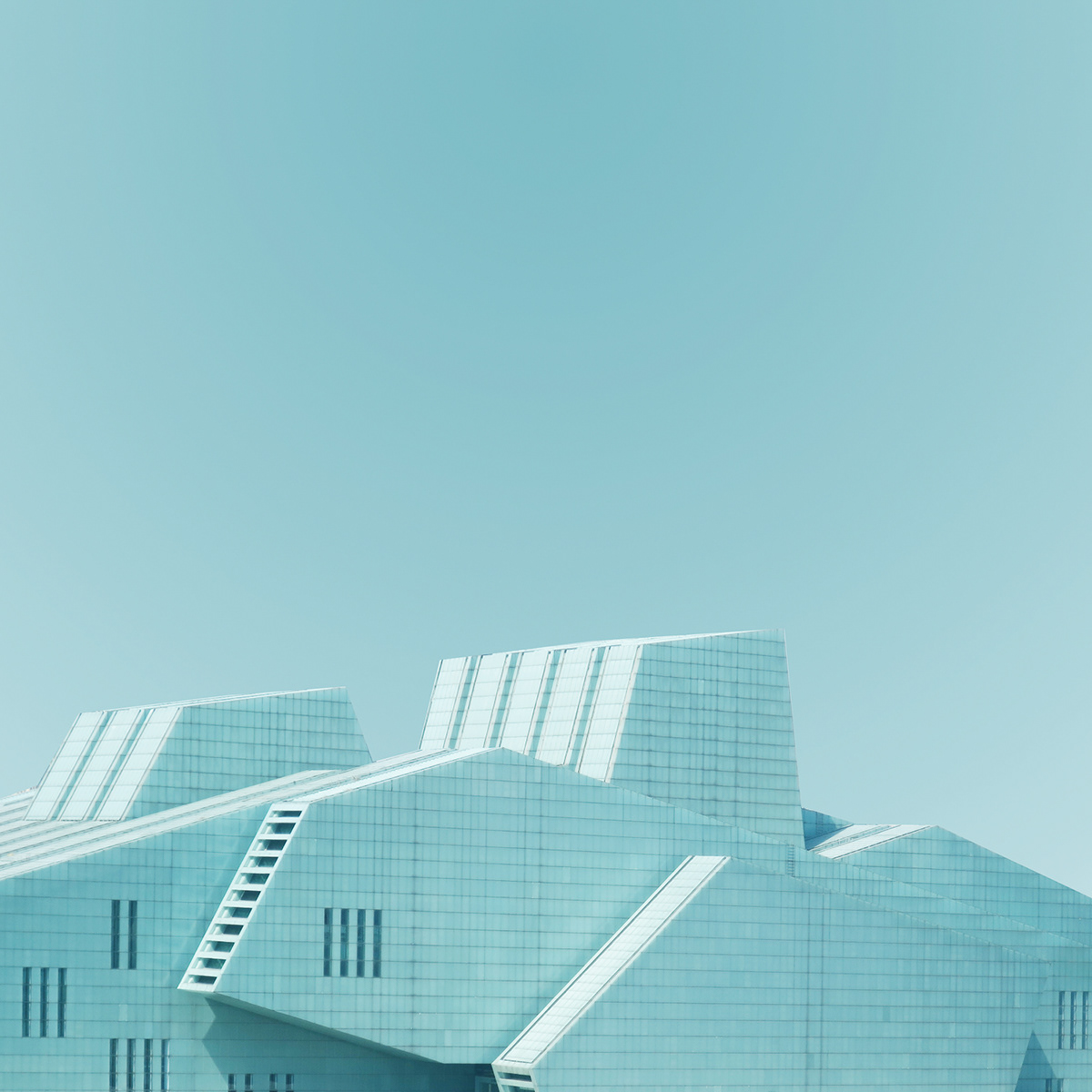
Chongqing Grand Theater
Architect: GMP Architekten
Place: Chongqing
Building Completed: 2009
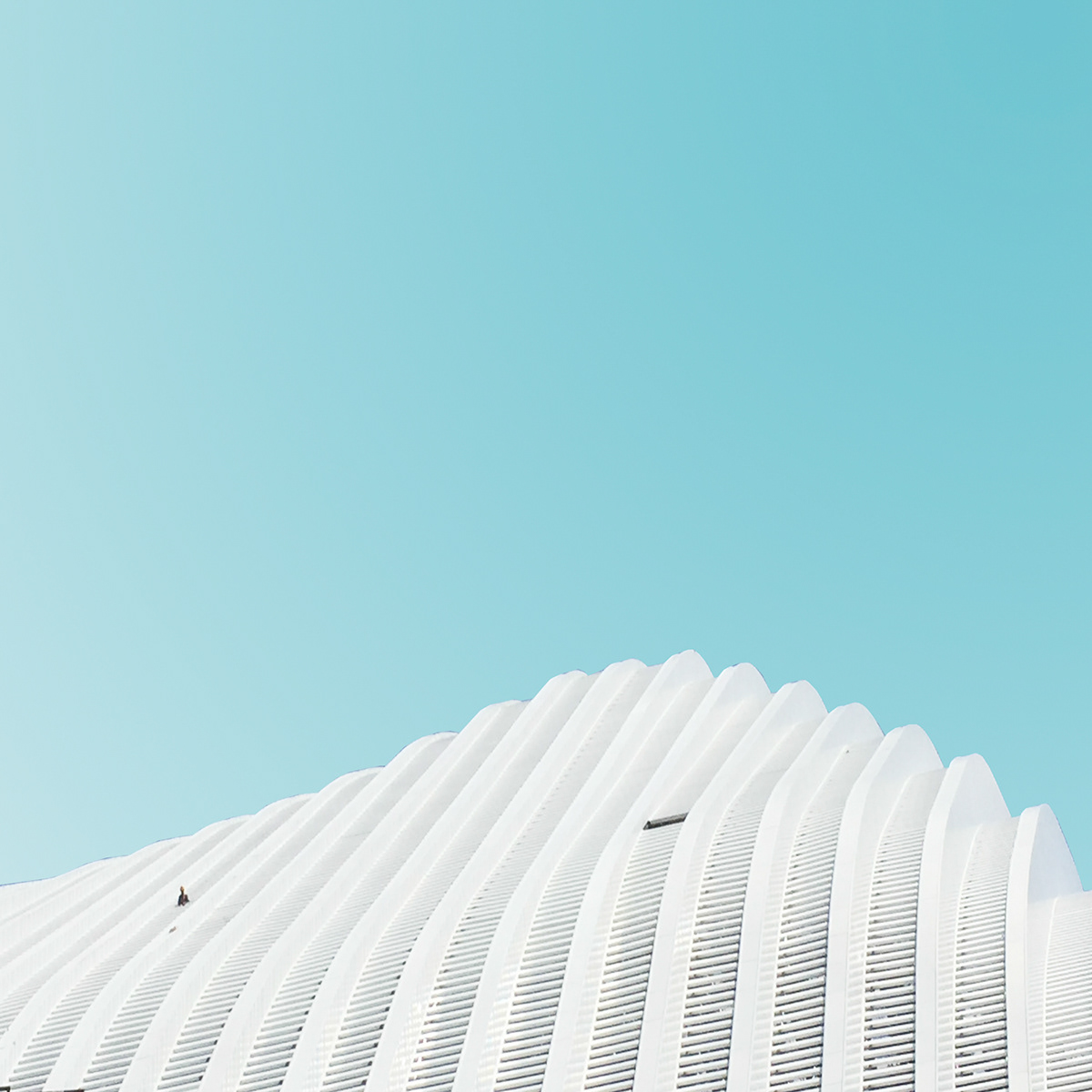
Nanning Grand Theater
Architect: GMP Architekten
Place: Nanning
Building Completed: 2018
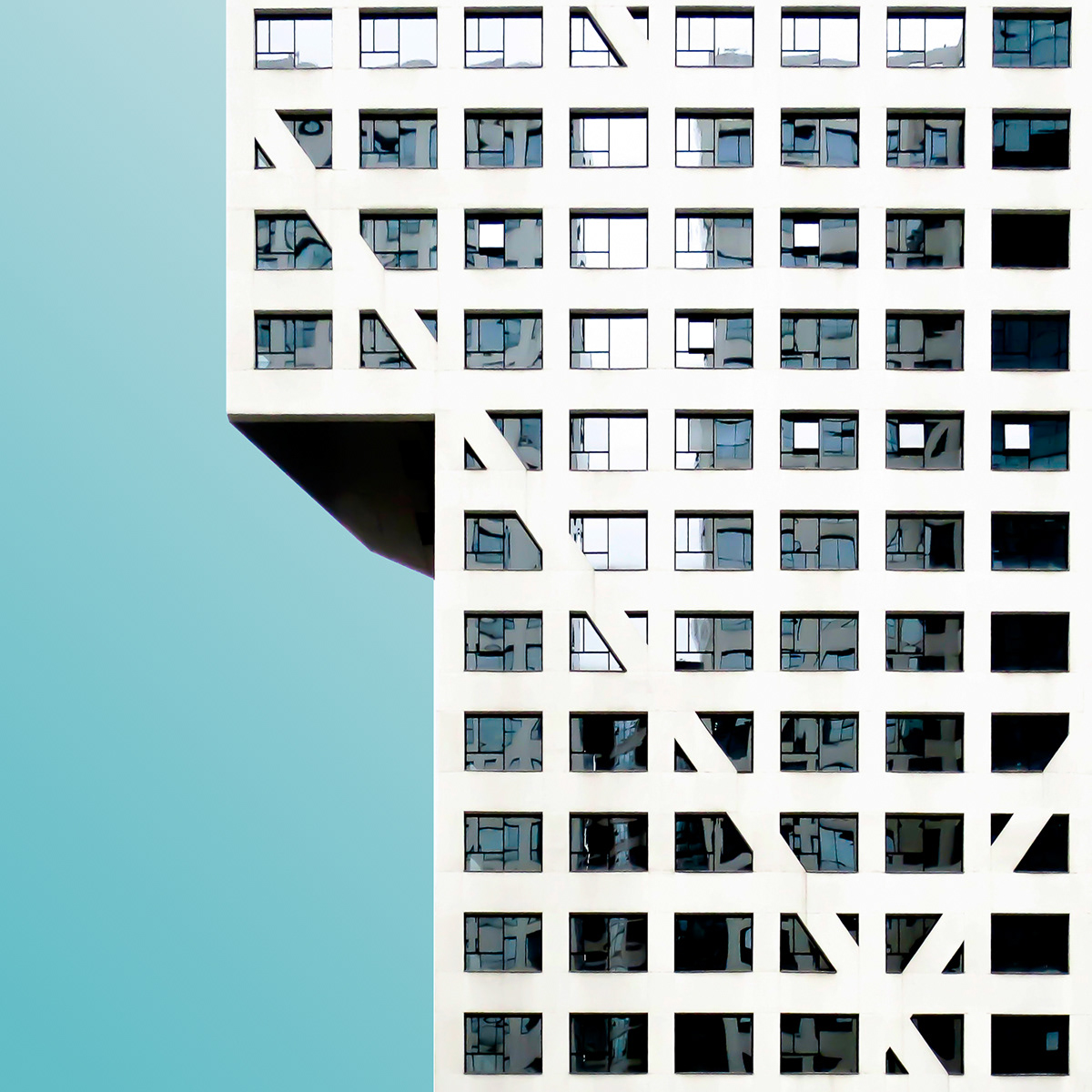
Sliced Porosity Block
Architect: Steven Holl Architects
Place: Chengdu
Building Completed: 2012

National Aquatics Center
Architect: PTW Architects
Place: Beijing
Building Completed: 2008
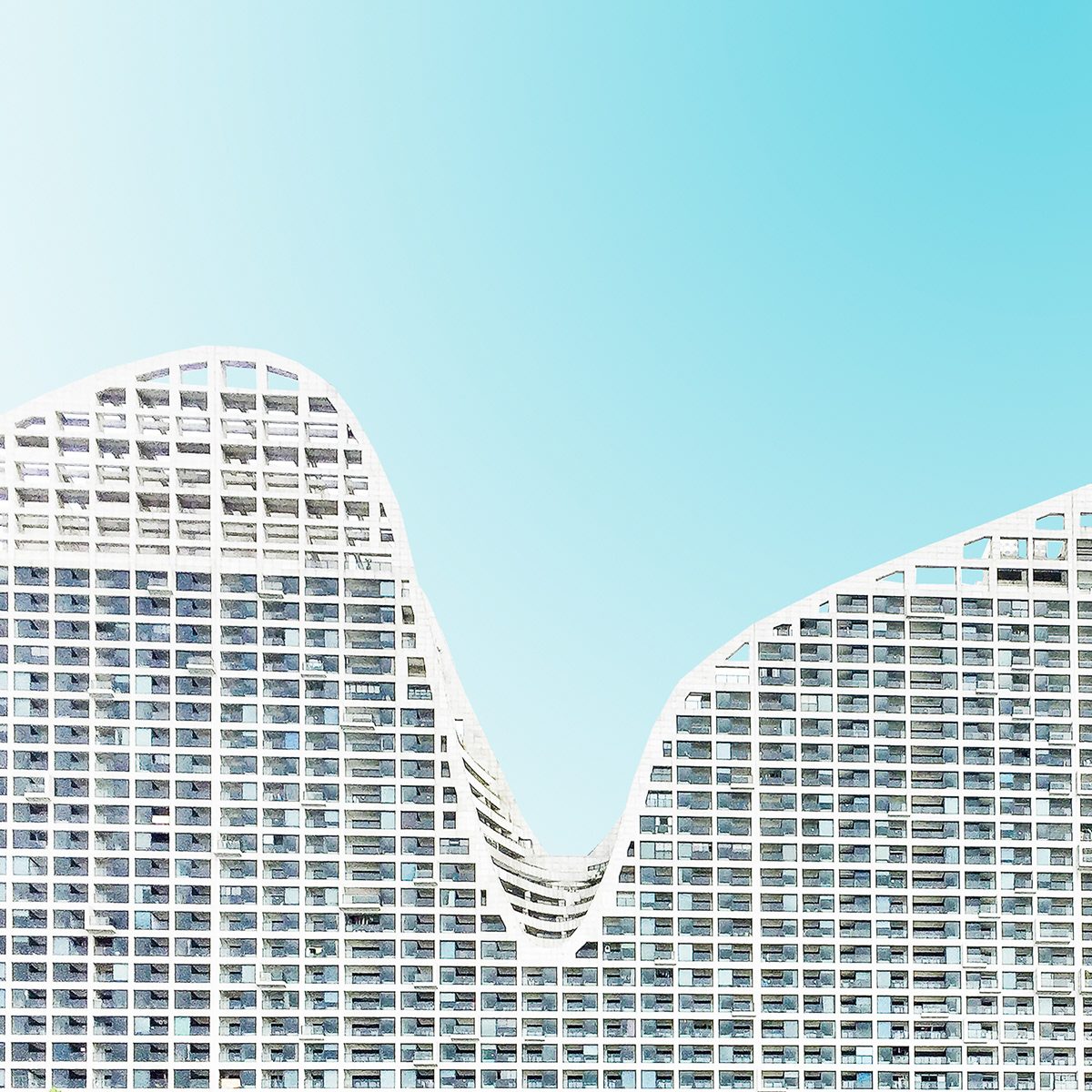
Fake Hills
Architect: MAD Architects
Place: Beihai
Building Completed: 2016





Focus on China’s ‘other’ cities
There was a time when Beijing or Shanghai were the major entry points to China. As time progressed China opened up, revealing the scale and depth of this enormous country. The chance that Beijing or Shanghai will be your first impression of China are getting less and less. That opportunity is taken away by other Chinese cities. It feels like, every week there is a new direct flight route announced connecting US/Europe non-stop with 1st and 2nd tier cities. And that makes total sense as those 2nd tier cities citizens become more affluent and far outnumber citizens of western cities. Those cities needed an identity, a face, a representation, a trademark. Can iconic architecture be all of that? As those cities grew, local governments try to increase living standards. Theaters, stadiums, school and office towers were planned and realized. Architecture does contribute to raising living standards right?Throughout the years in China, I had the opportunity to visit many cities across the country. When first setting out east in 2010, I only knew a handful of Chinese cities (can I generalize and hope that I wasn’t the only one back then?) nowadays people are more familiar and can pinpoint a variety of cities on the Chinese map. Has architecture played a role in establishing those cities on the world map? As I travelled to the 1st, 2nd and 3rd tier cities, I captured significant shapes and structures that form the main body of Beautified China II. The series of photos highlight iconic architecture in the ‘other’ Chinese cities. Those cities are: Chongqing (2), Guangzhou (2), Nanning (1), Harbin (1), Chengdu (1), Beijing (1), Beihai (1), Tianjin (1), Ningbo (1), Hong Kong (1), Suzhou (1), Shanghai (7),
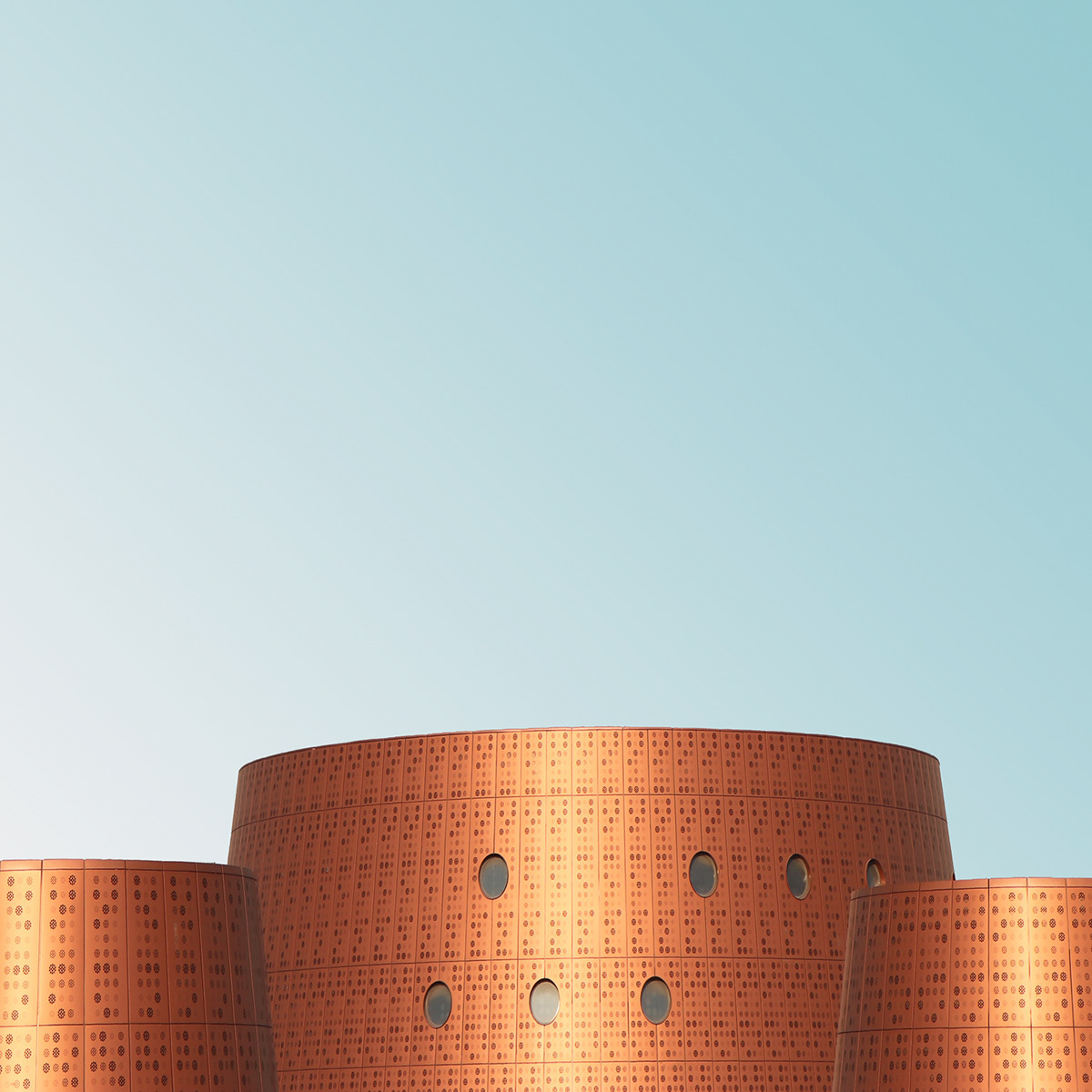
Tianjin Exploratorium
Architect: Bernard Tschumi
Place: Tianjin
Building Completed: 2018
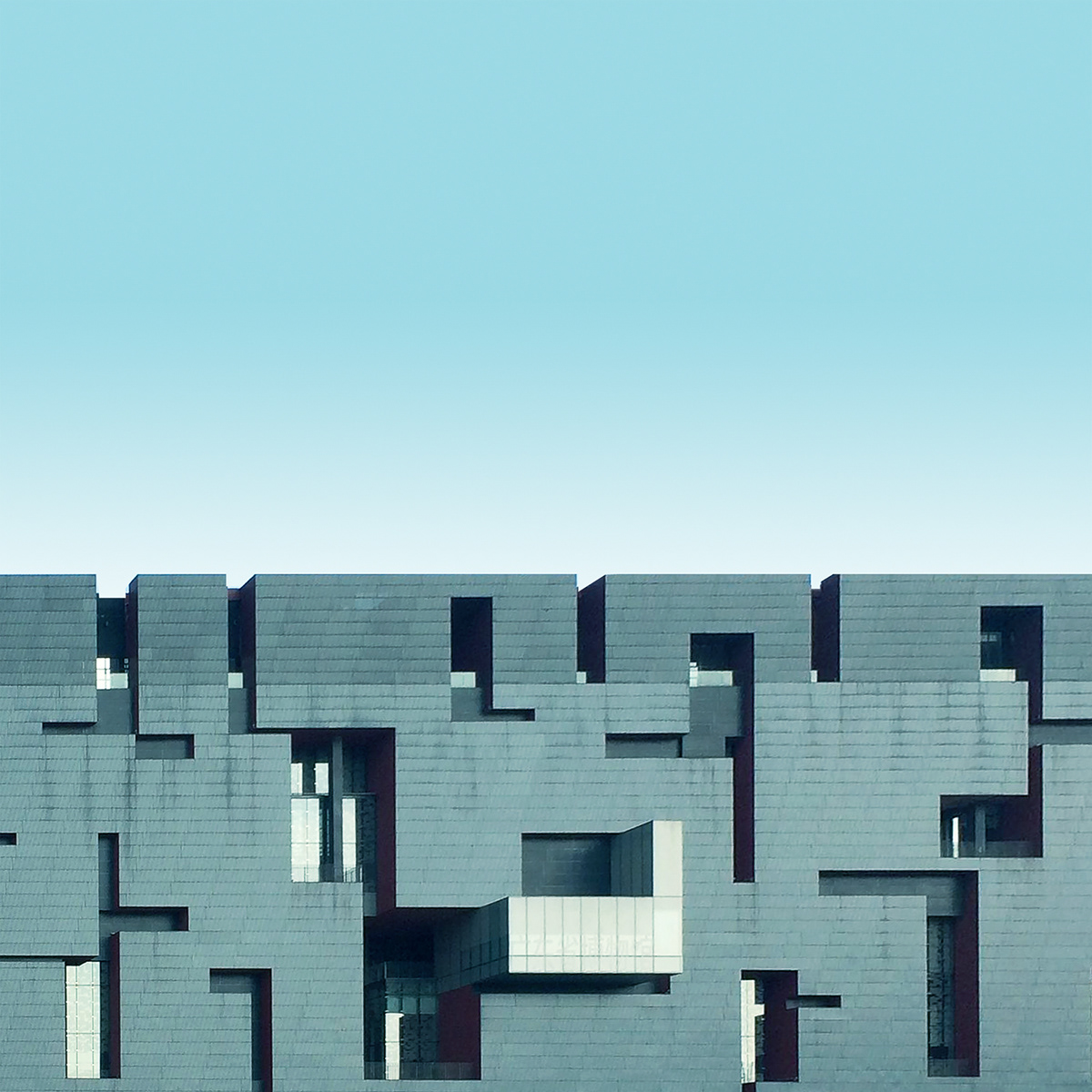
Guangdong Museum
Architect: Rocco Design
Place: Guangzhou
Building Completed: 2010

Xinzhou Mansion
Architect: GMP Architekten
Place: Shanghai
Building Completed: 2018
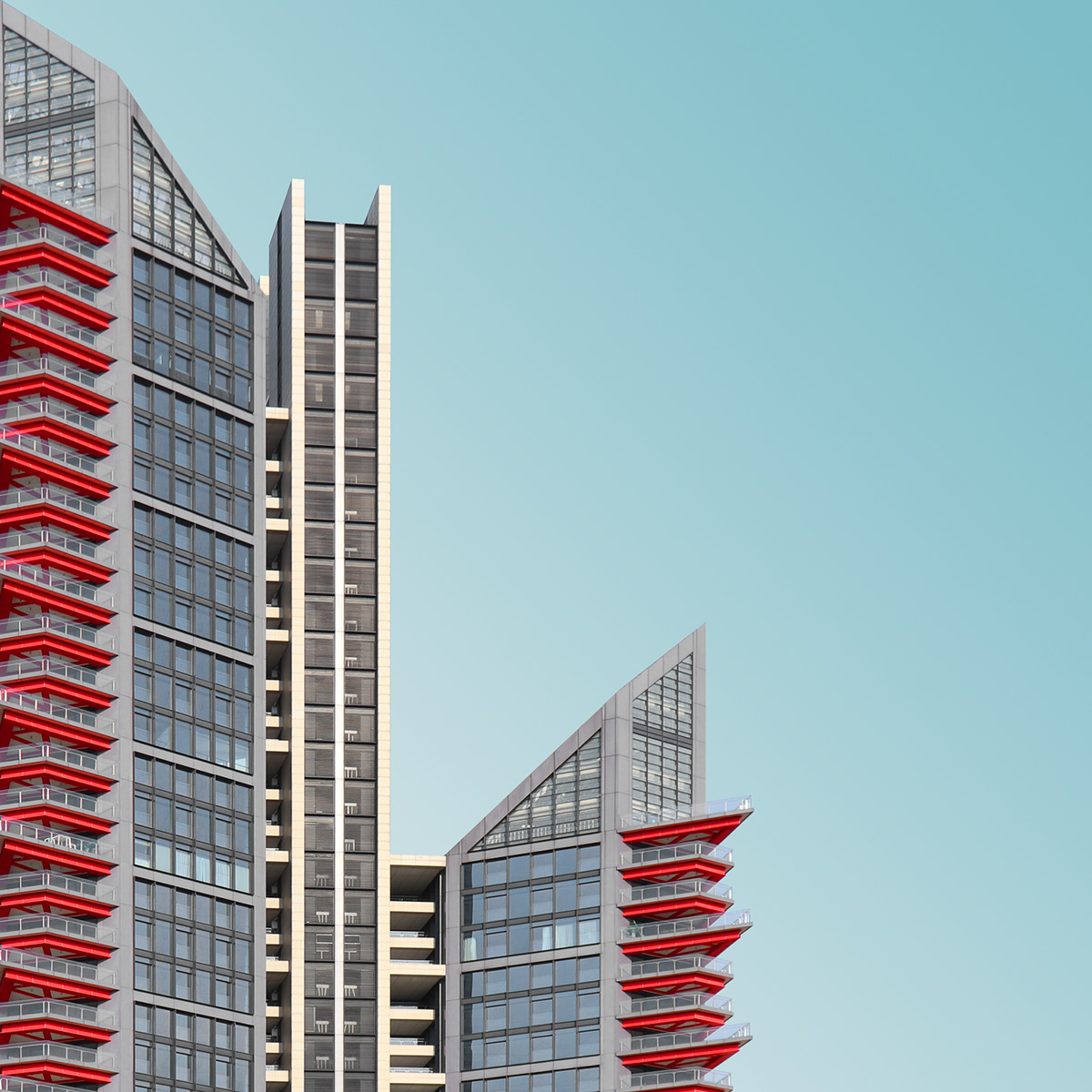
Ningbo Gateway
Architect: RSH+P
Place: Ningbo
Building Completed: 2017
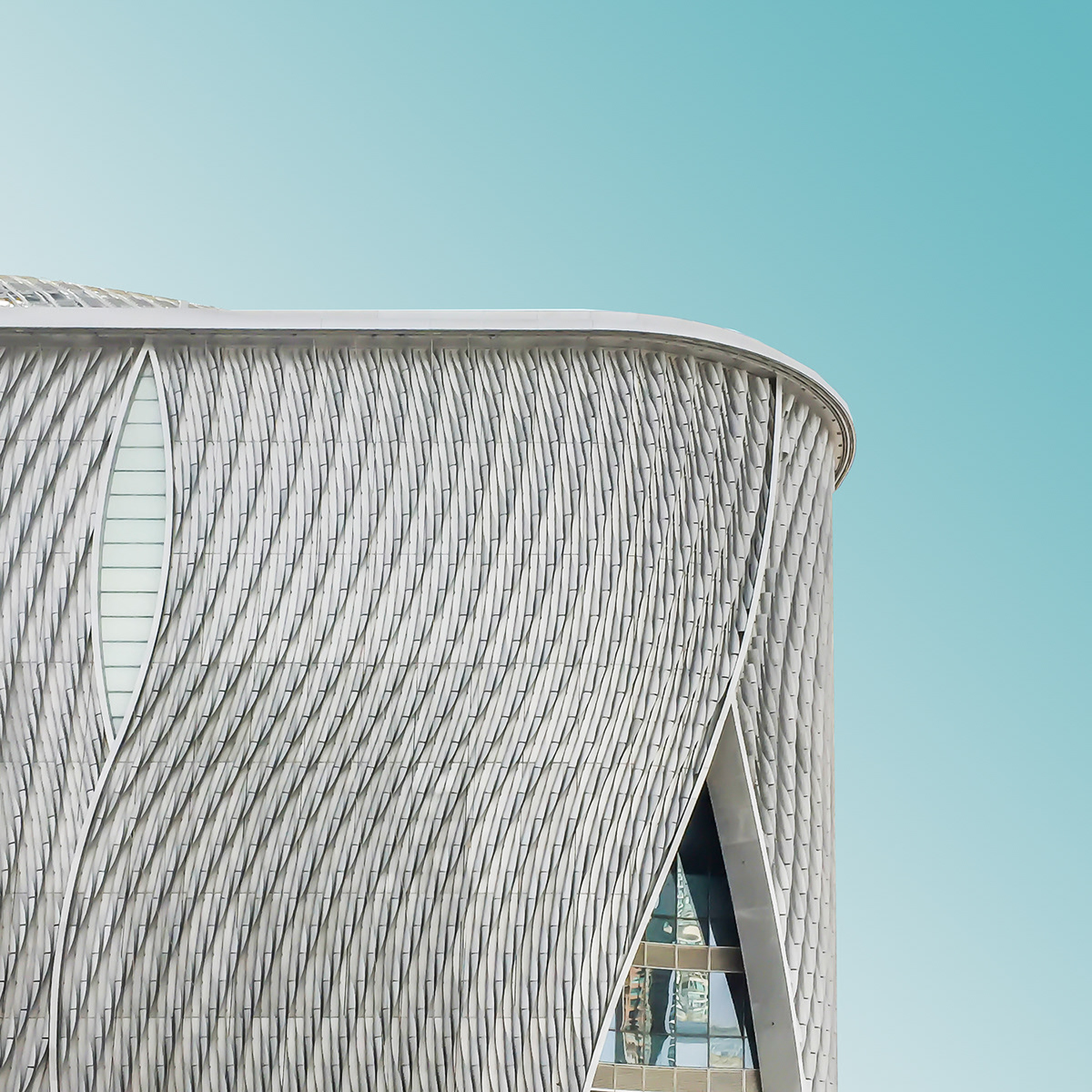
Xiqu Theater
Architect: Bing Tom
Place: Hong Kong
Building Completed: 2018





Continued Flamboyance
The photoseries highlights iconic architecture designed by this worlds ‘starchitects’. The iconic structures are a very particular style that continue to receive a lot of discussion in the architecture media news cycle. Either positive or negative. Positive because they standout, can establish a new district or revitalize another . Negative for the same reasons, they standout and don’t tend to blend fully into their surroundings, they establish a new district and with that immediately drive up the office and residential price tags. This is a style not suited for everywhere, however is it the right style for China? After-all, appearance is key in this part of the world. Nowadays cities tend to step slightly away from its pure icons for the sake of being icons. Having lived and practiced in China for the past 8 years, there is a current trend to preserve the old and regenerate the old. 2 firms doing great regenerating work in China are Atelier Deshaus and OMA. Can we end the era of flamboyant buildings and embrace the refined heritage again?
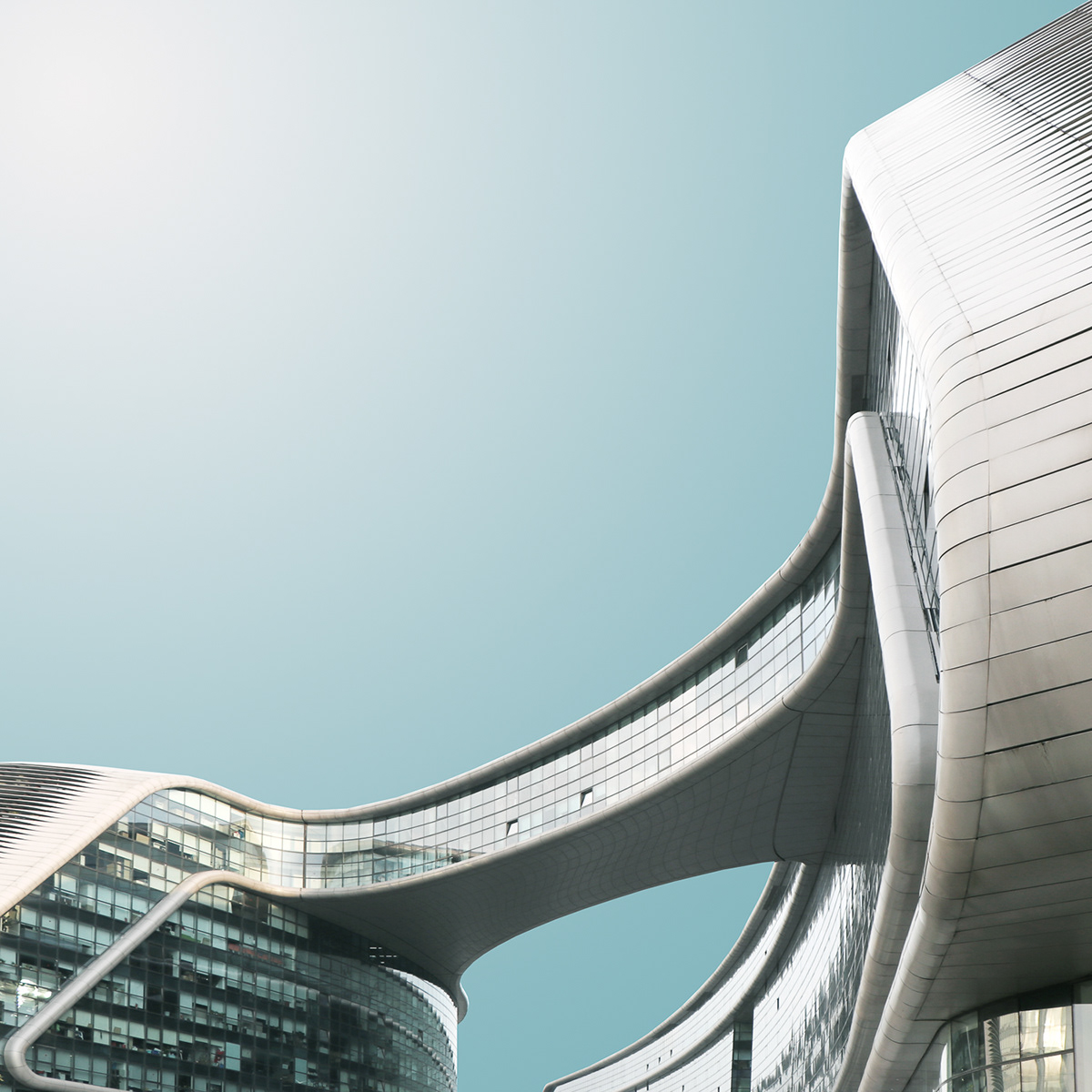
Sky SOHO
Architect: Zaha Hadid Architects
Place: Shanghai
Building Completed: 2014
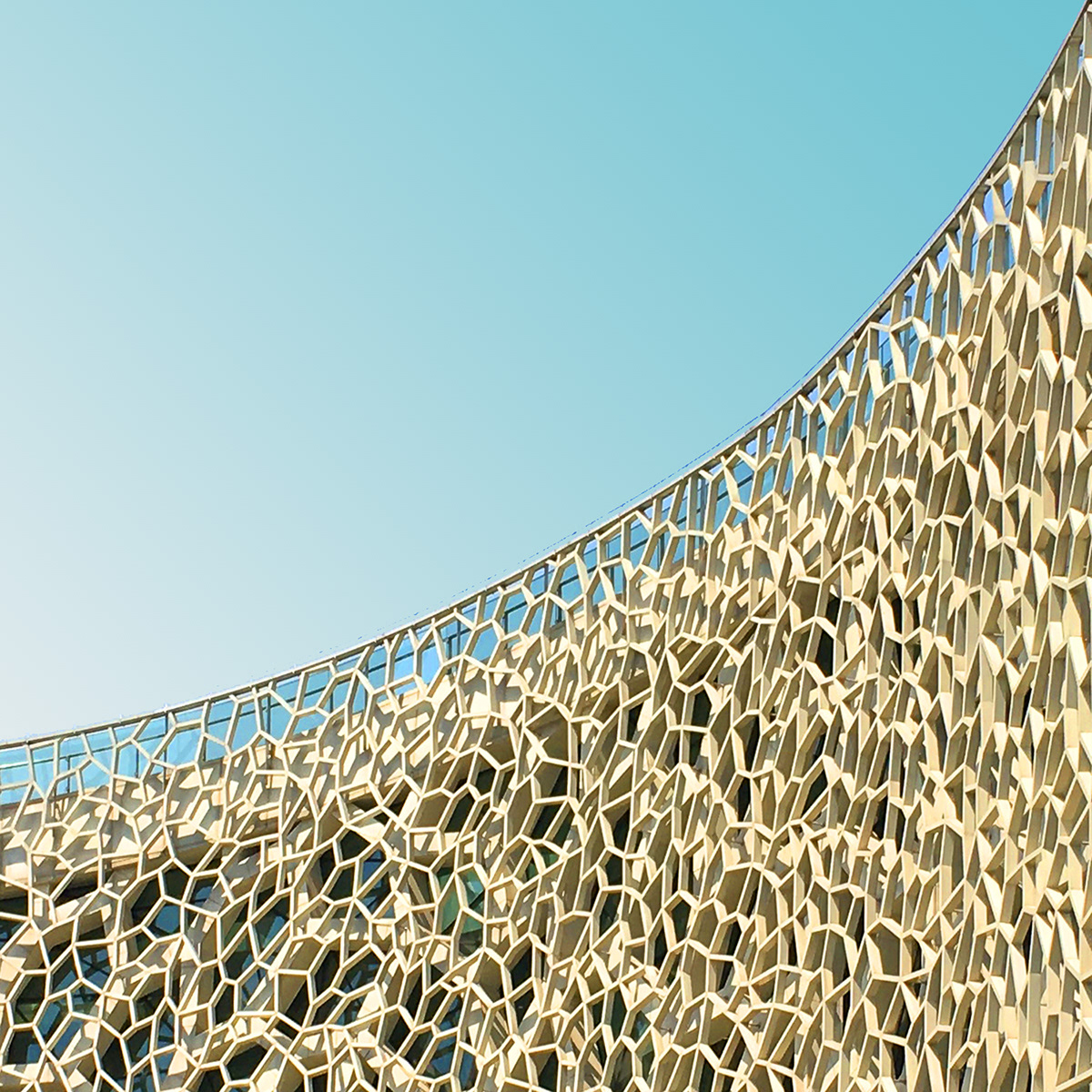
Natural History Museum
Architect: Perkins + Will
Place: Shanghai
Building Completed: 2015
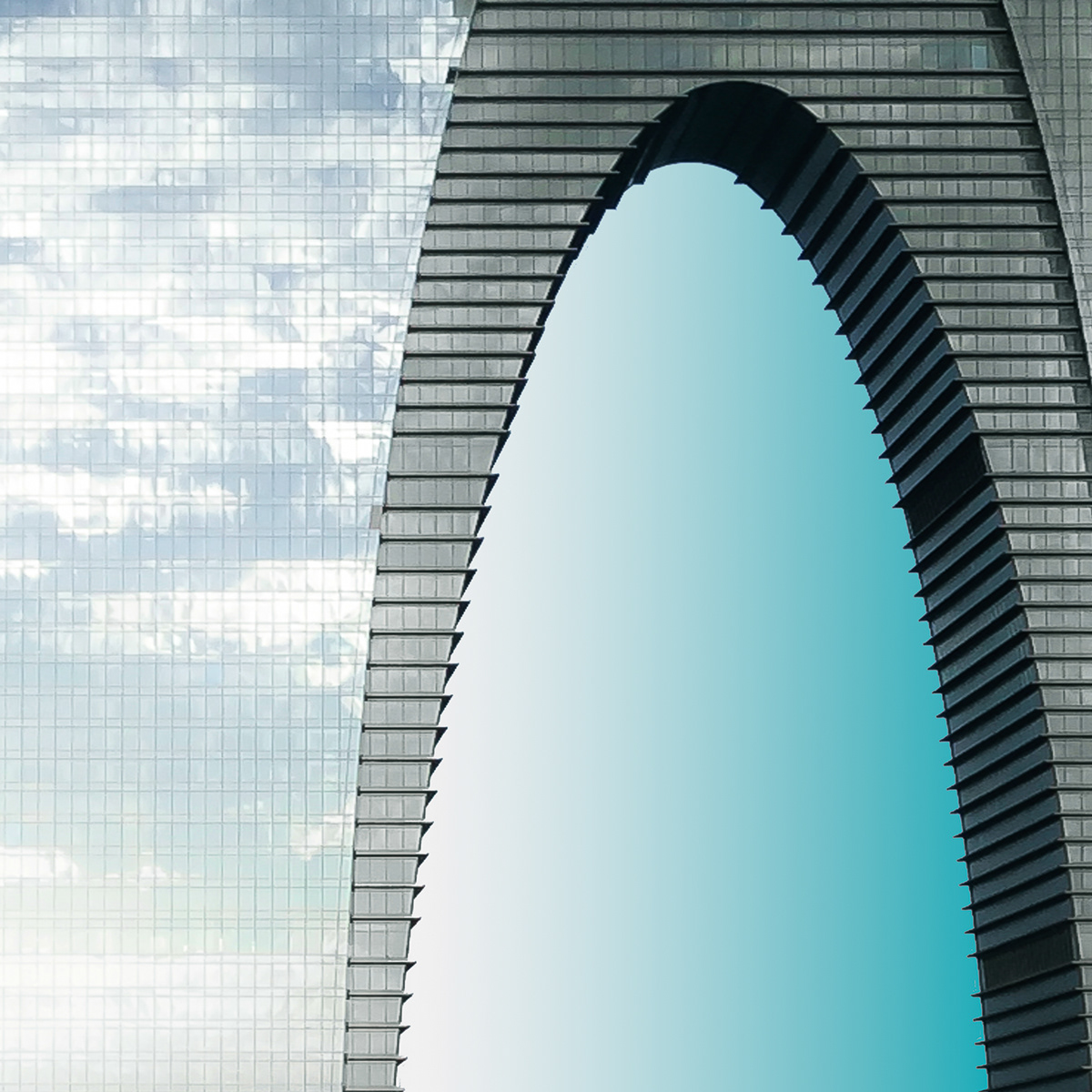
The Gate to the East
Architect: RMJM
Place: Suzhou
Building Completed: 2015

Museum of Modern Art
Architect: Atelier Deshaus
Place: Shanghai
Building Completed: 2017
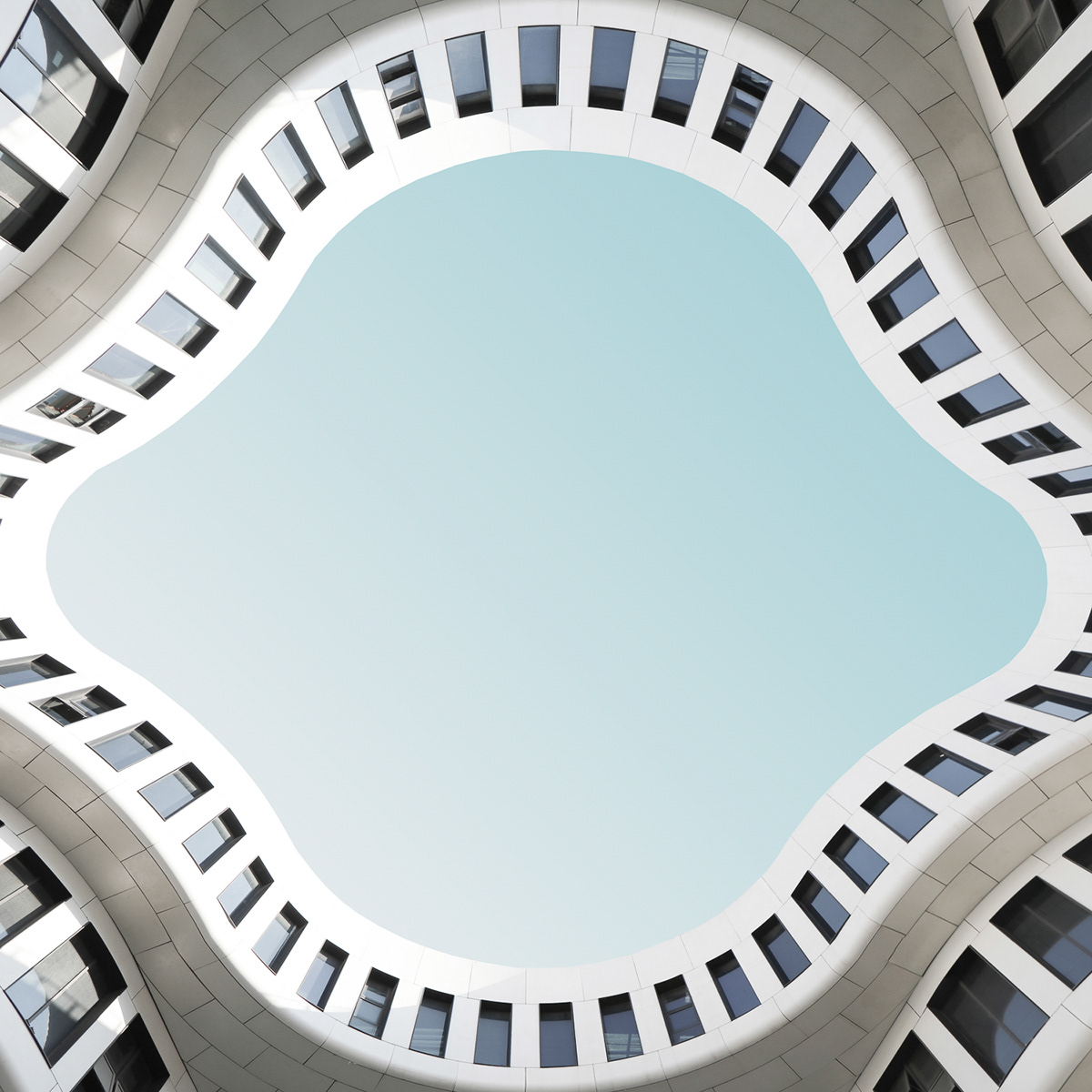
Hongqiao Flower
Architect: MVRDV
Place: Shanghai
Building Completed: 2015

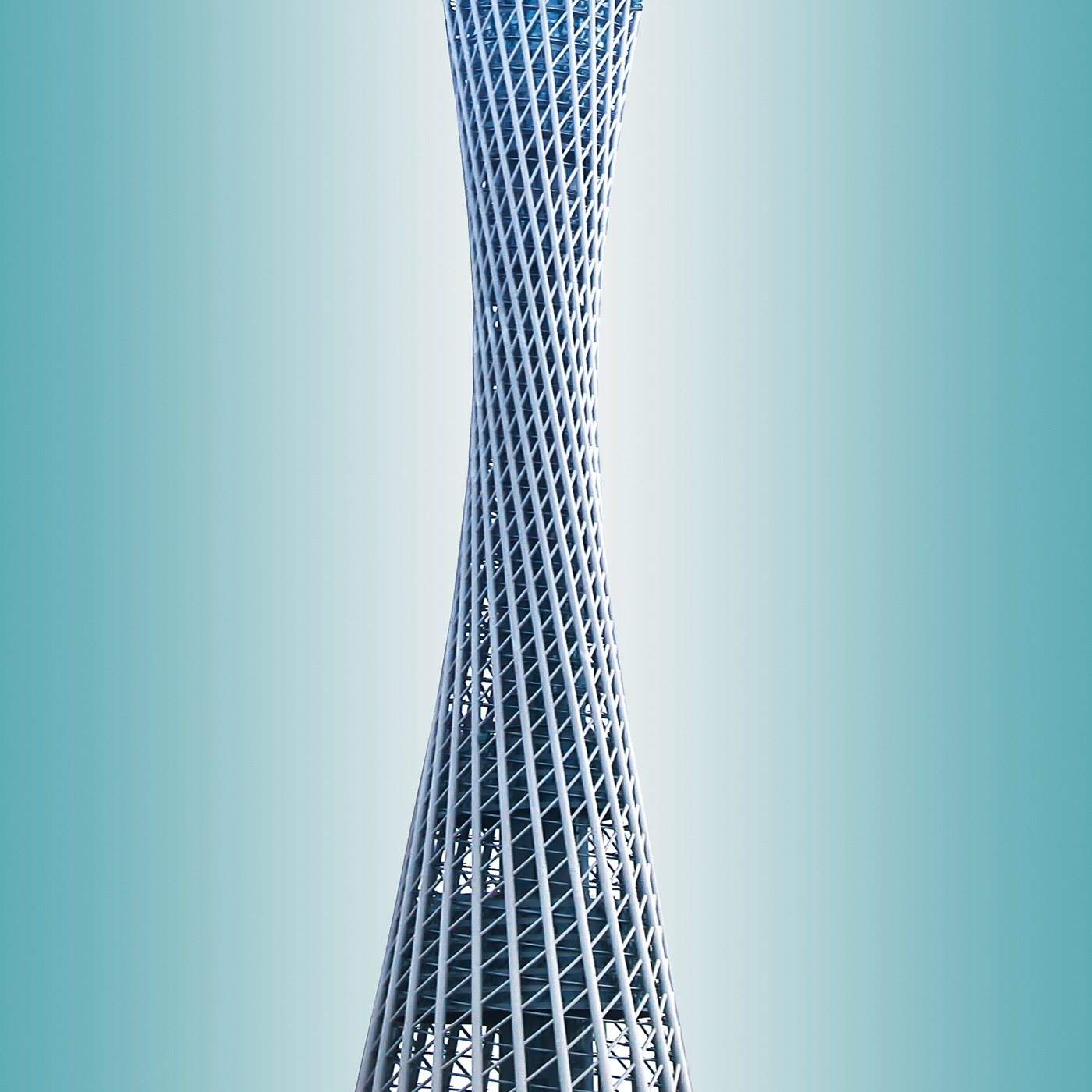
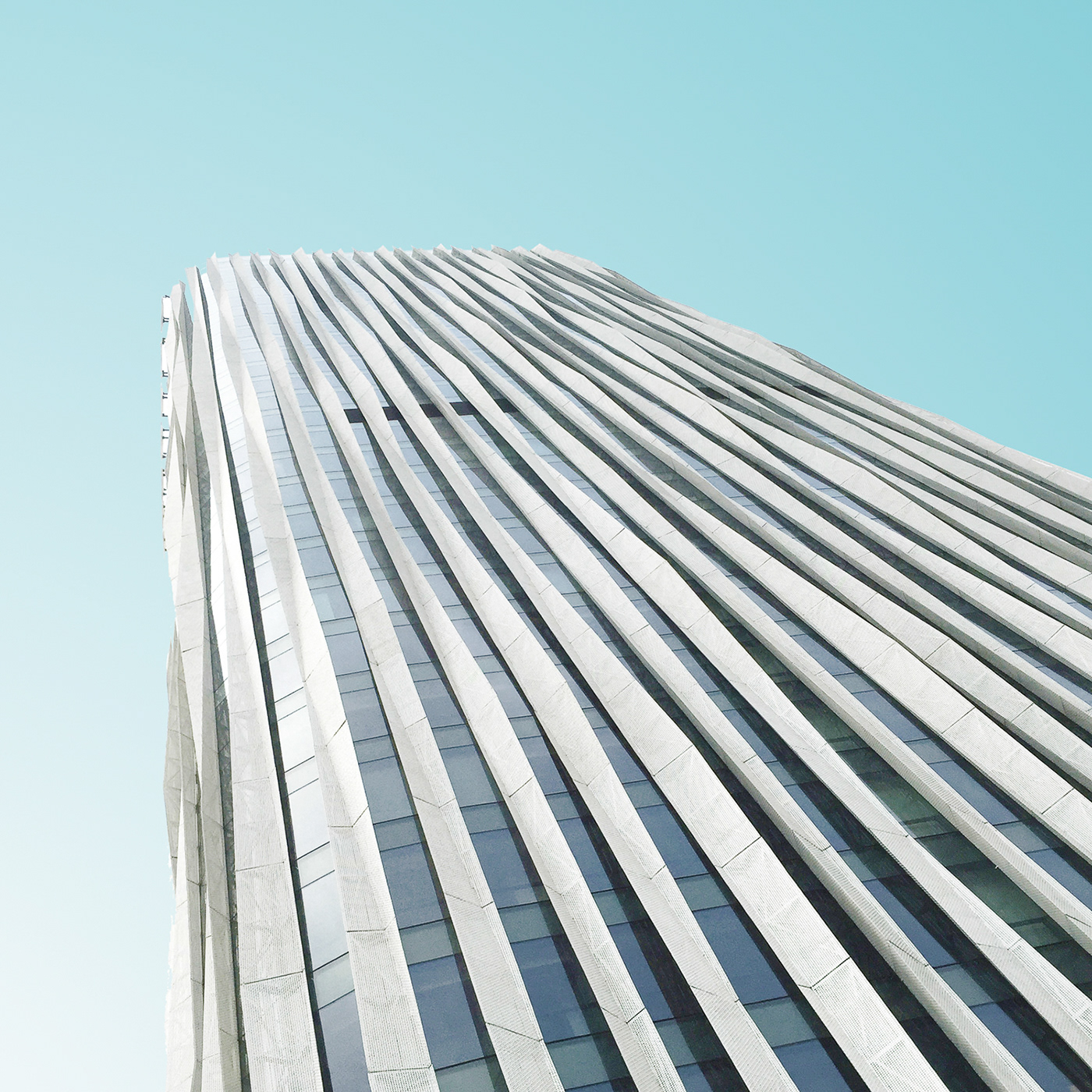
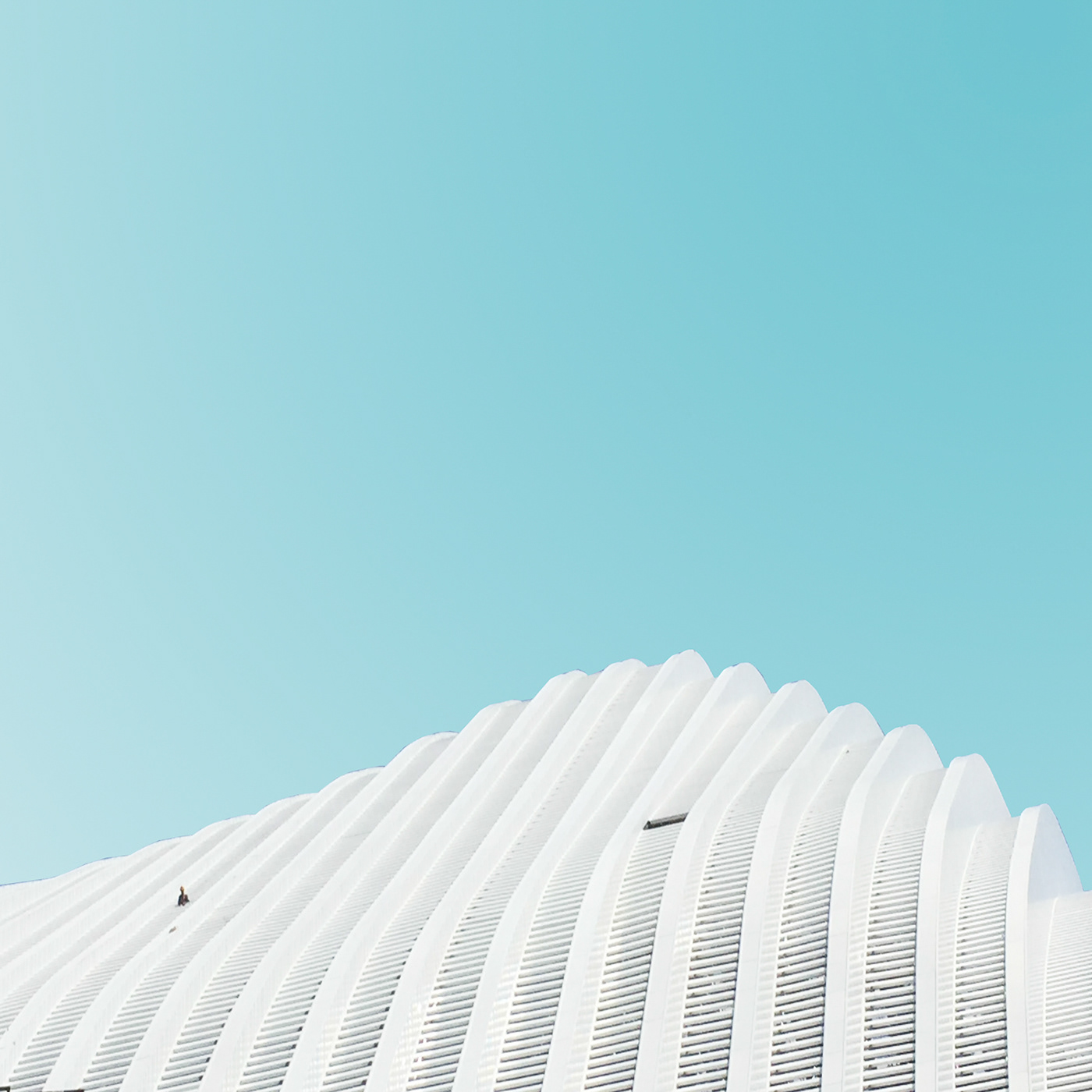
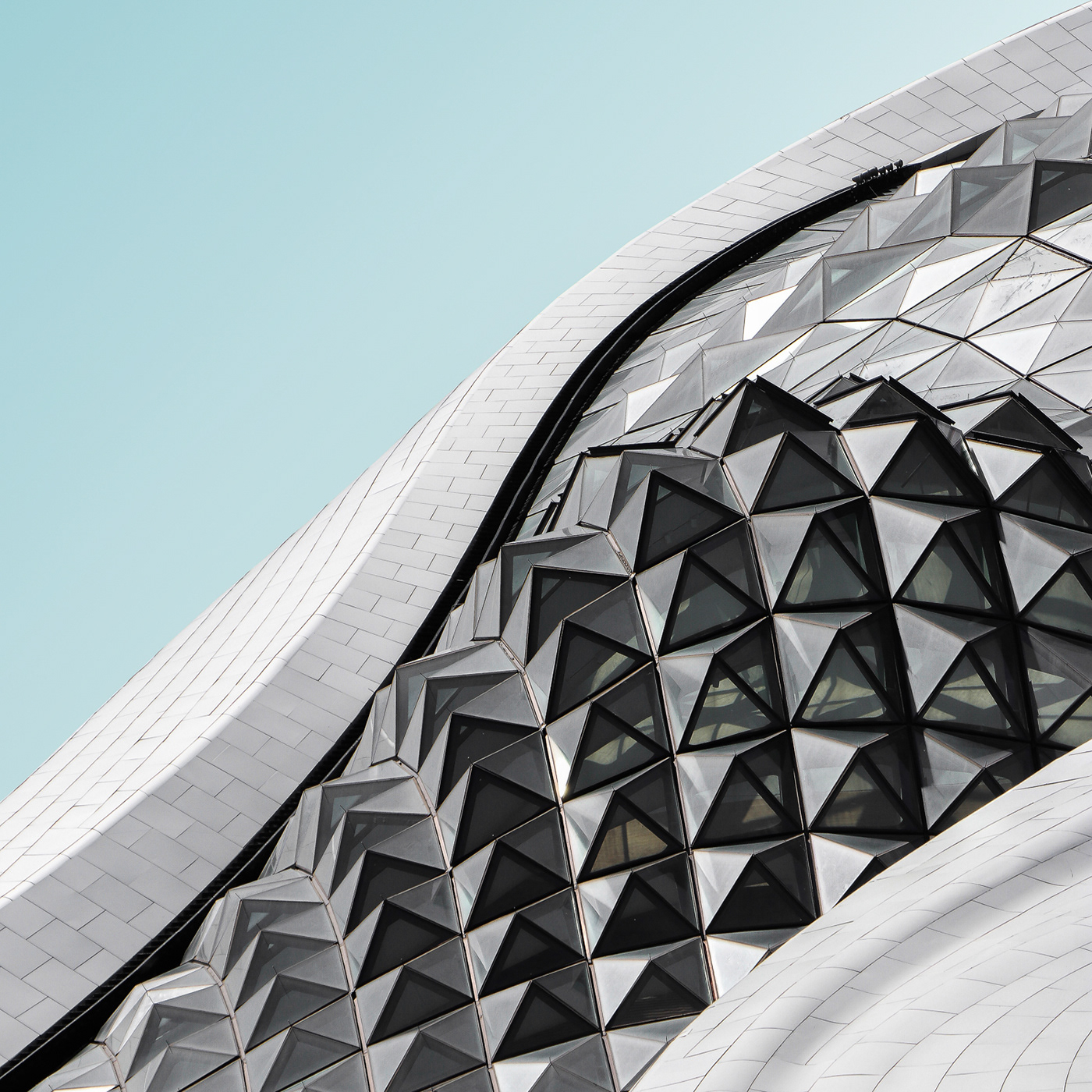
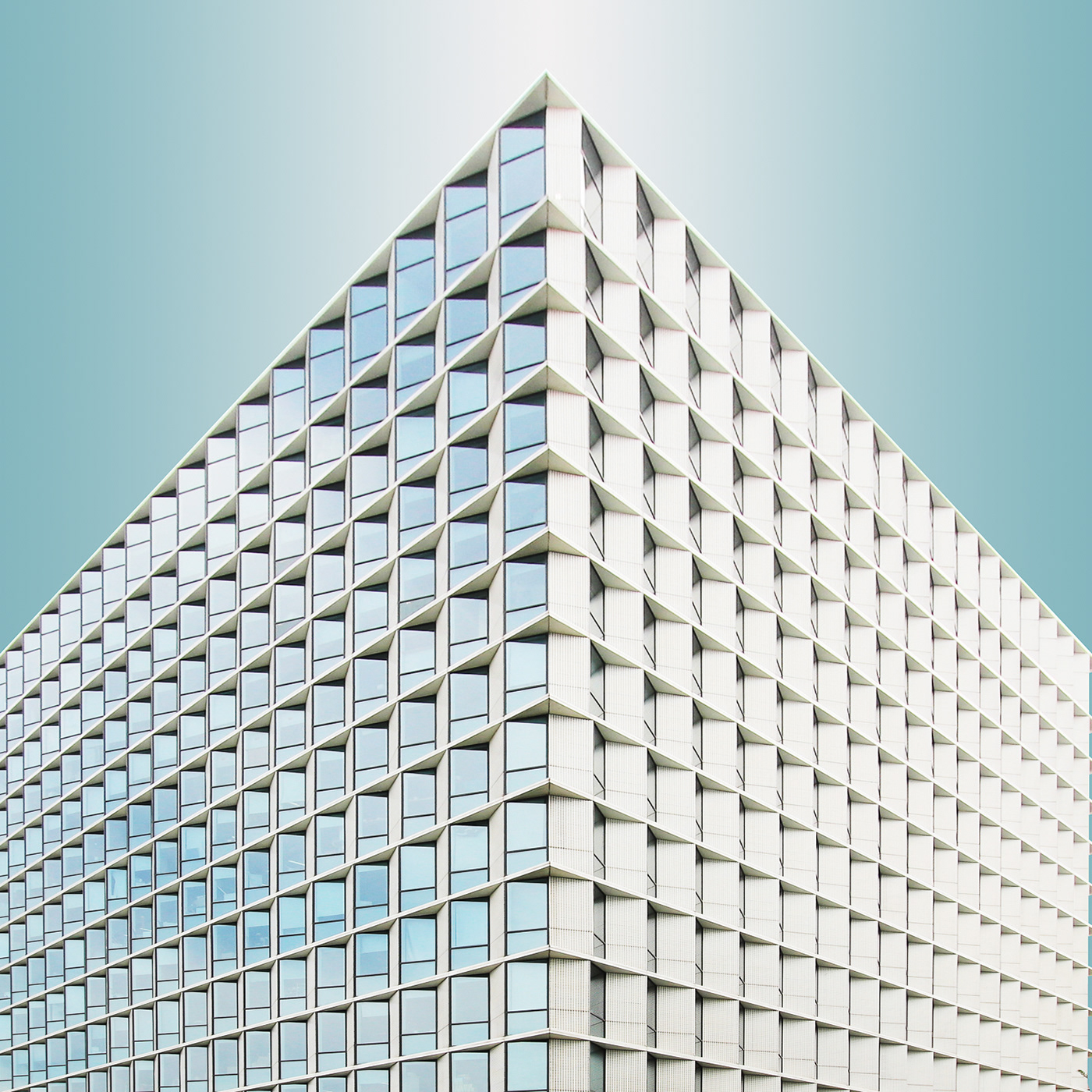
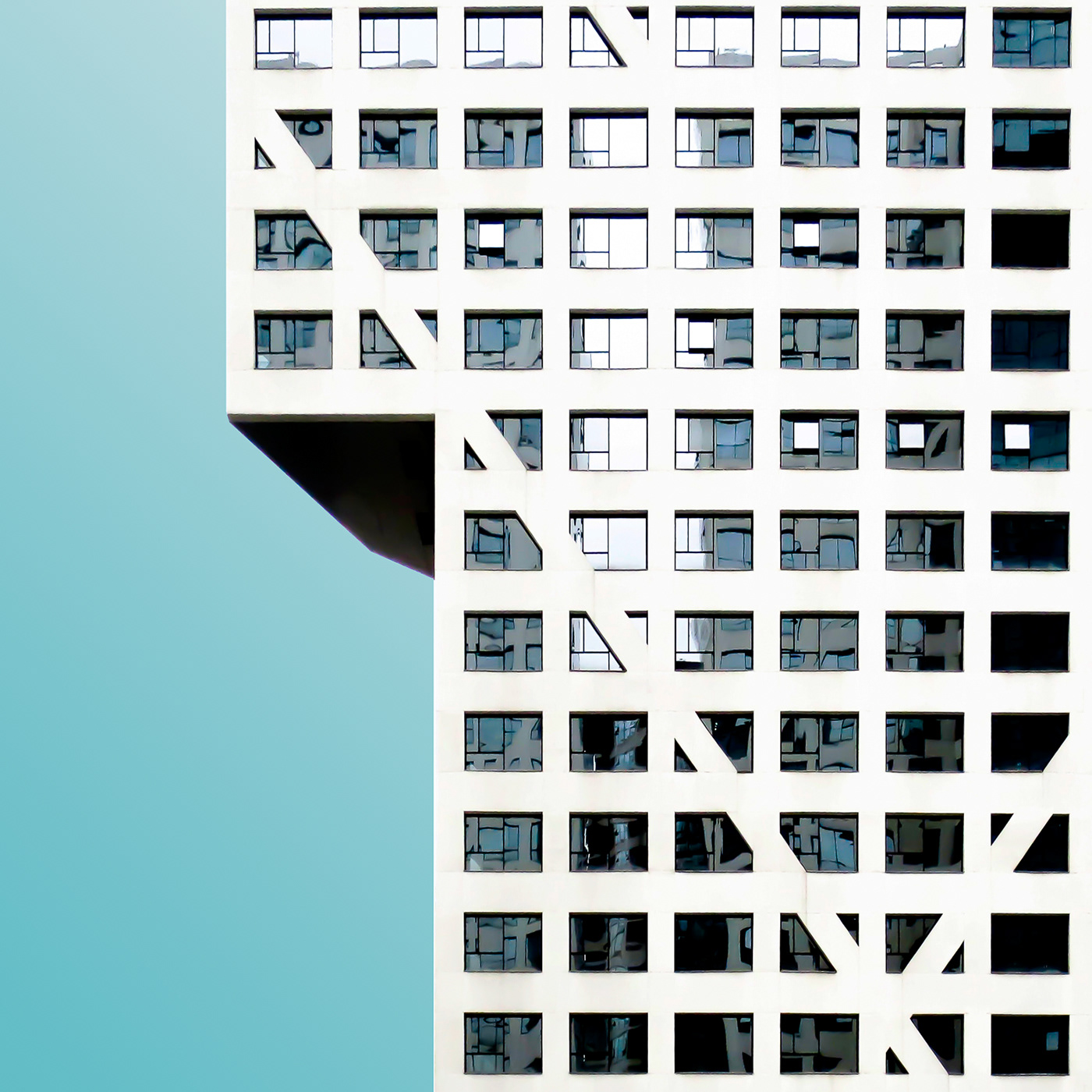


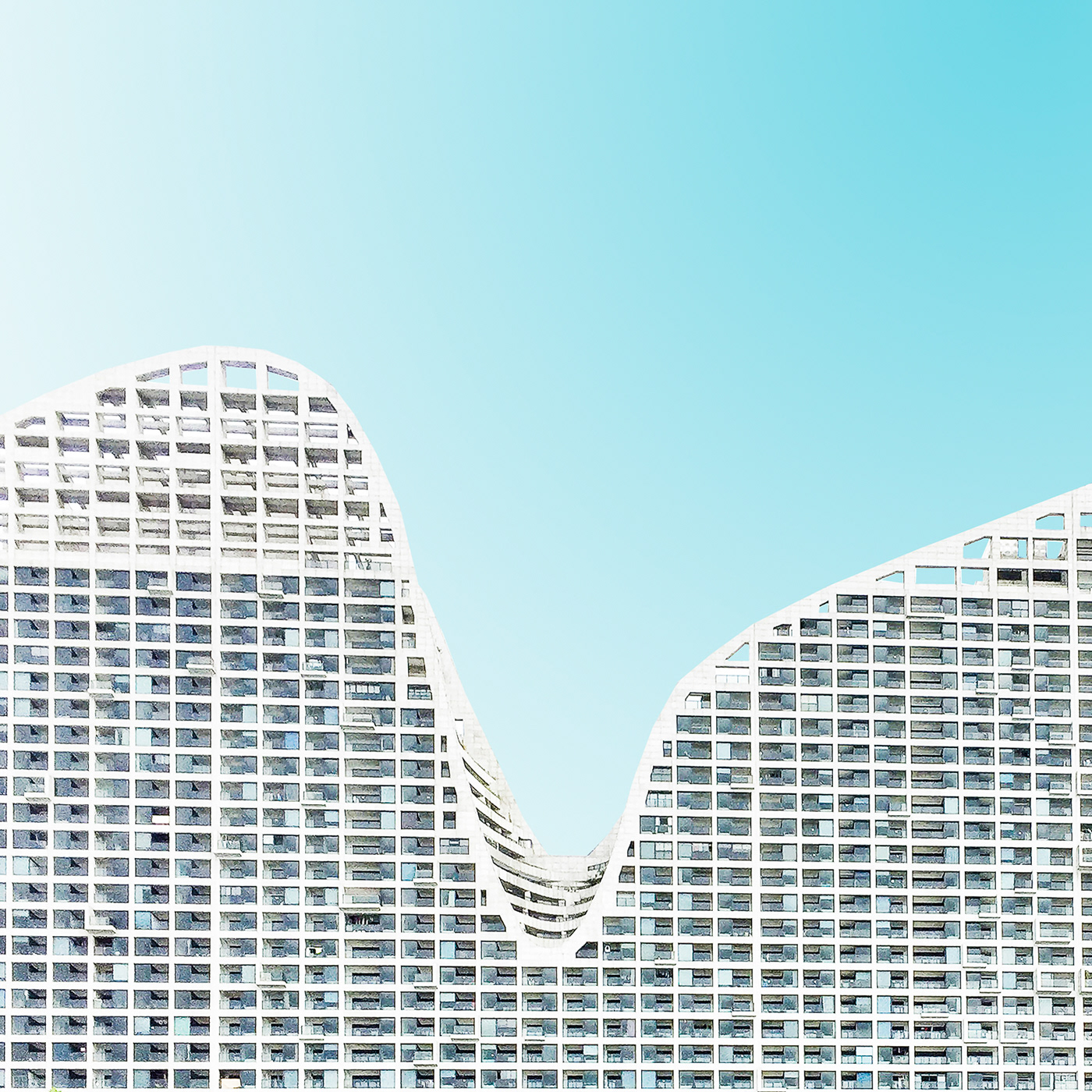
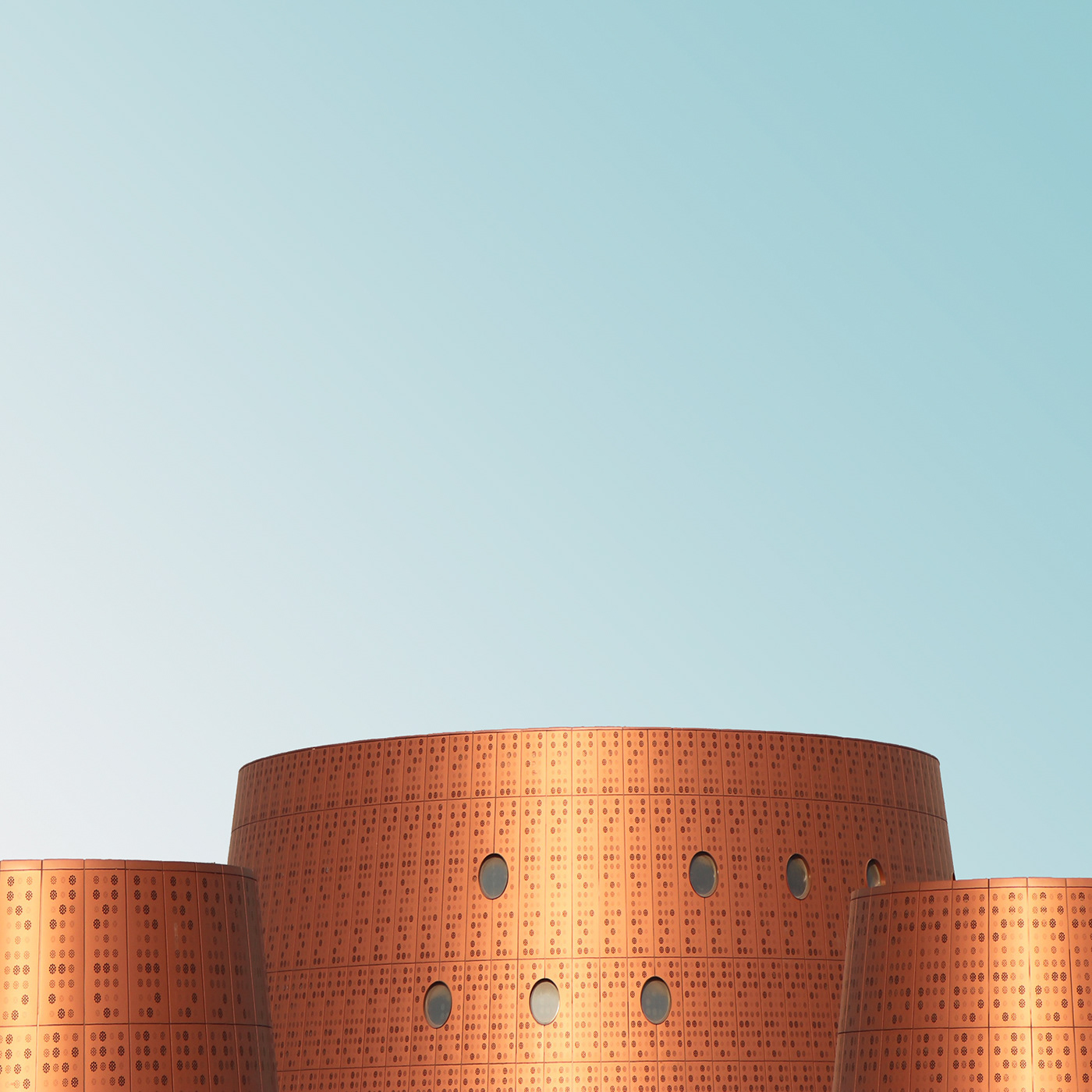


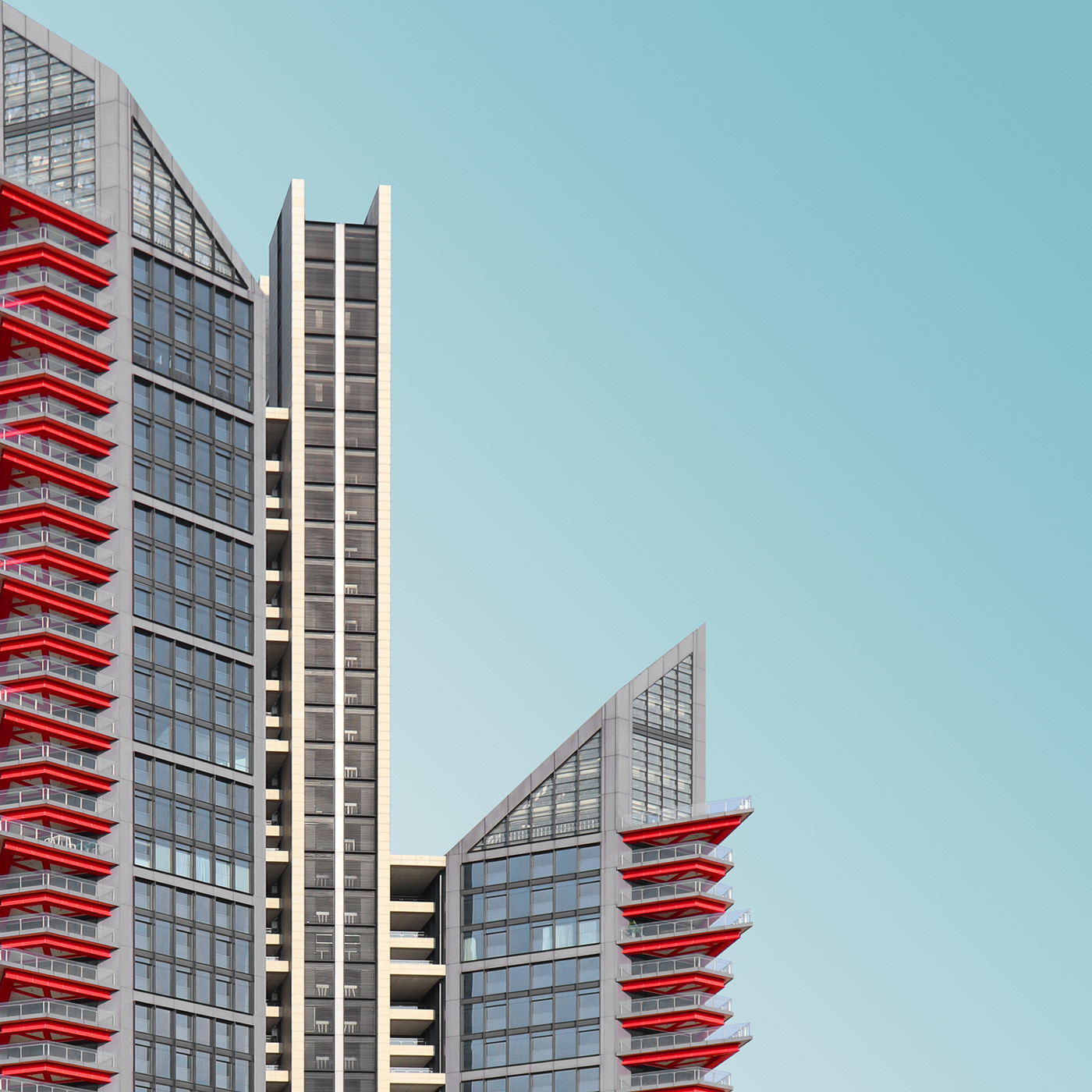
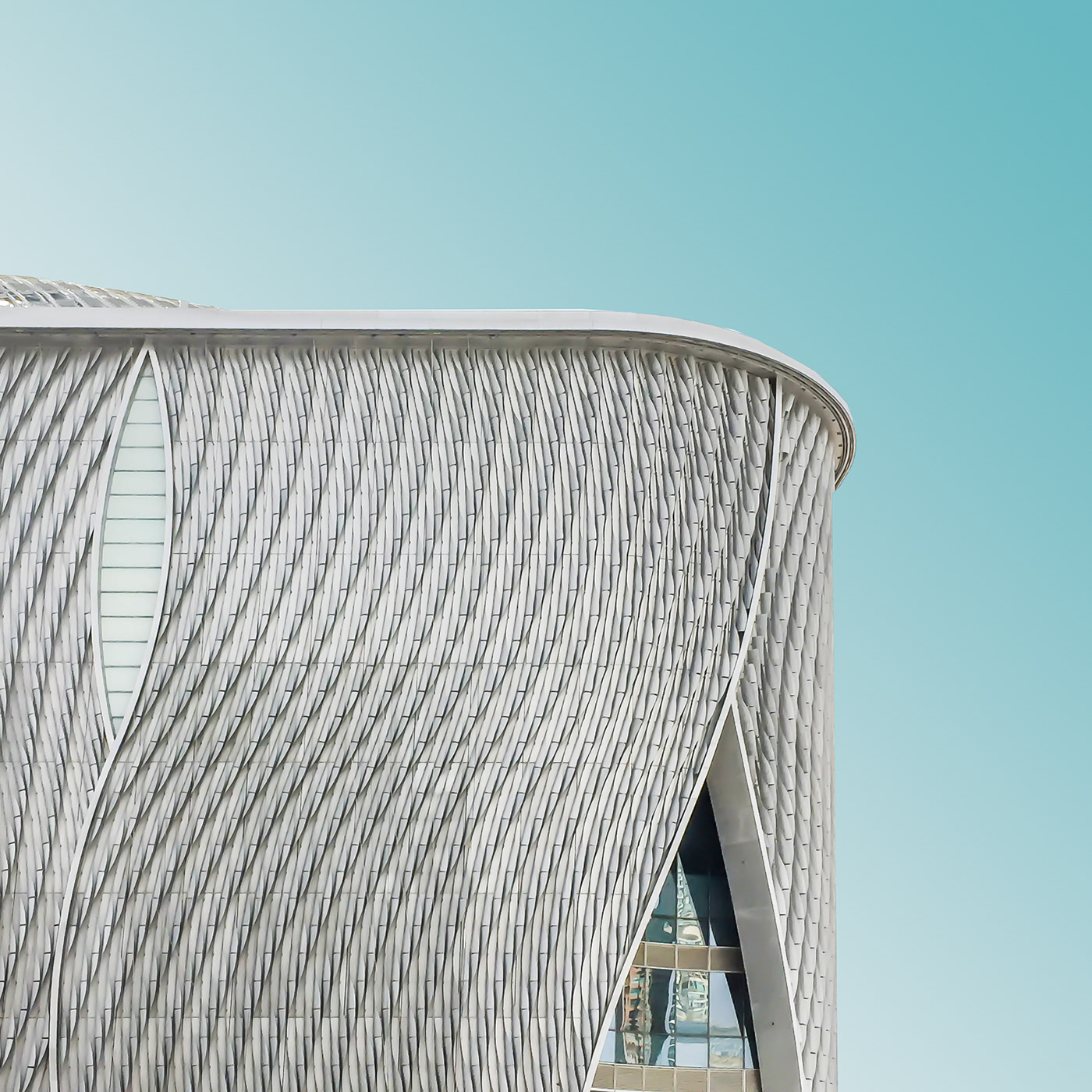
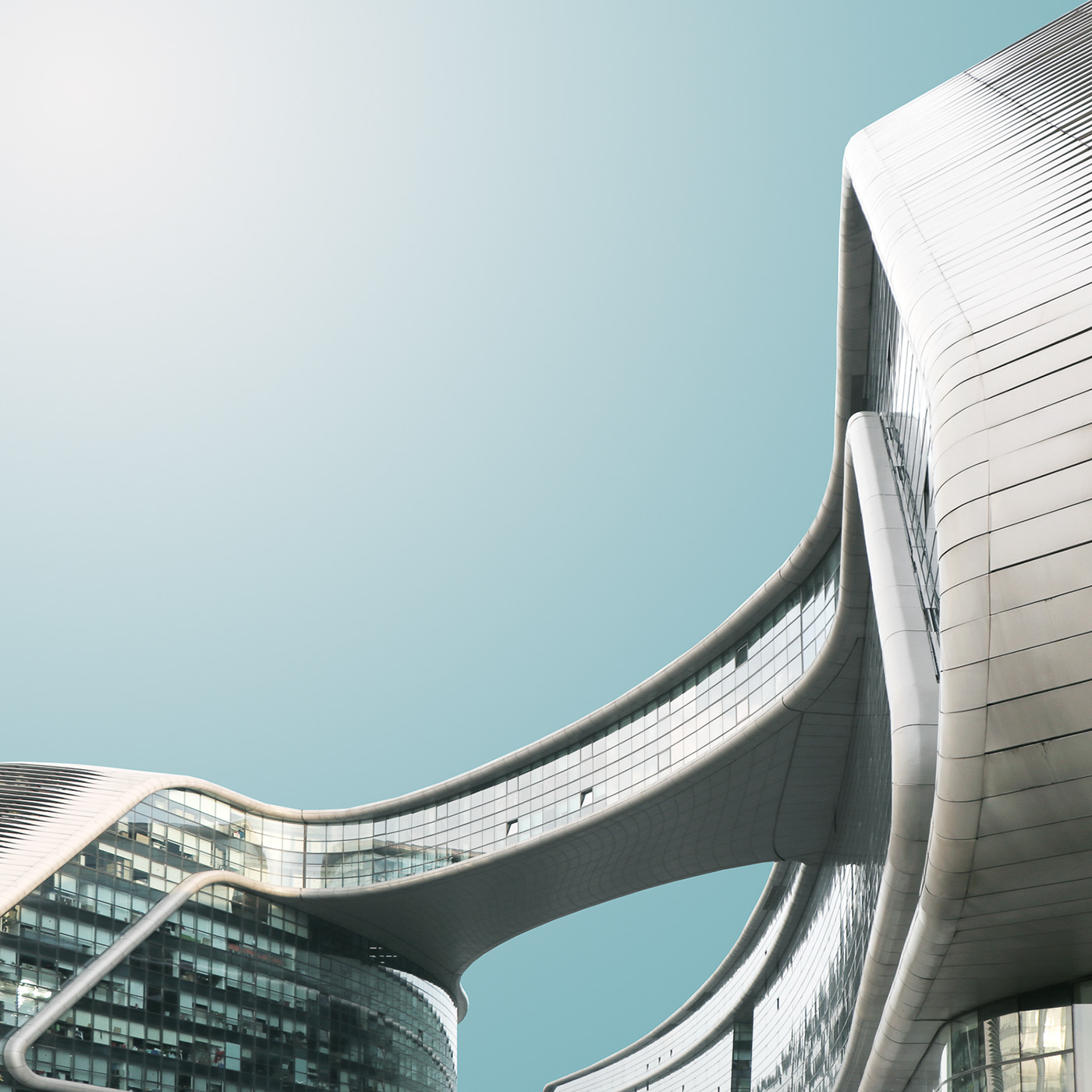
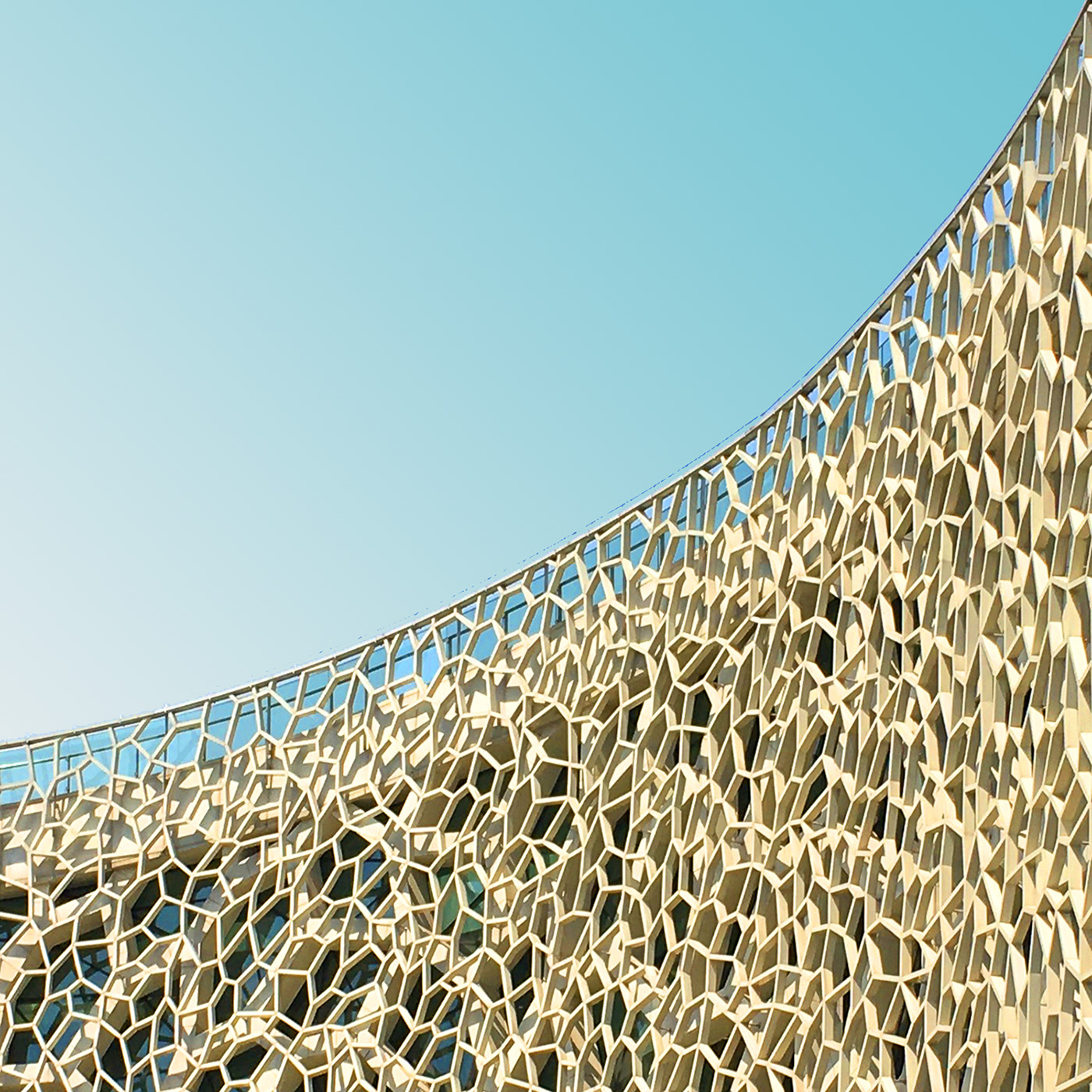
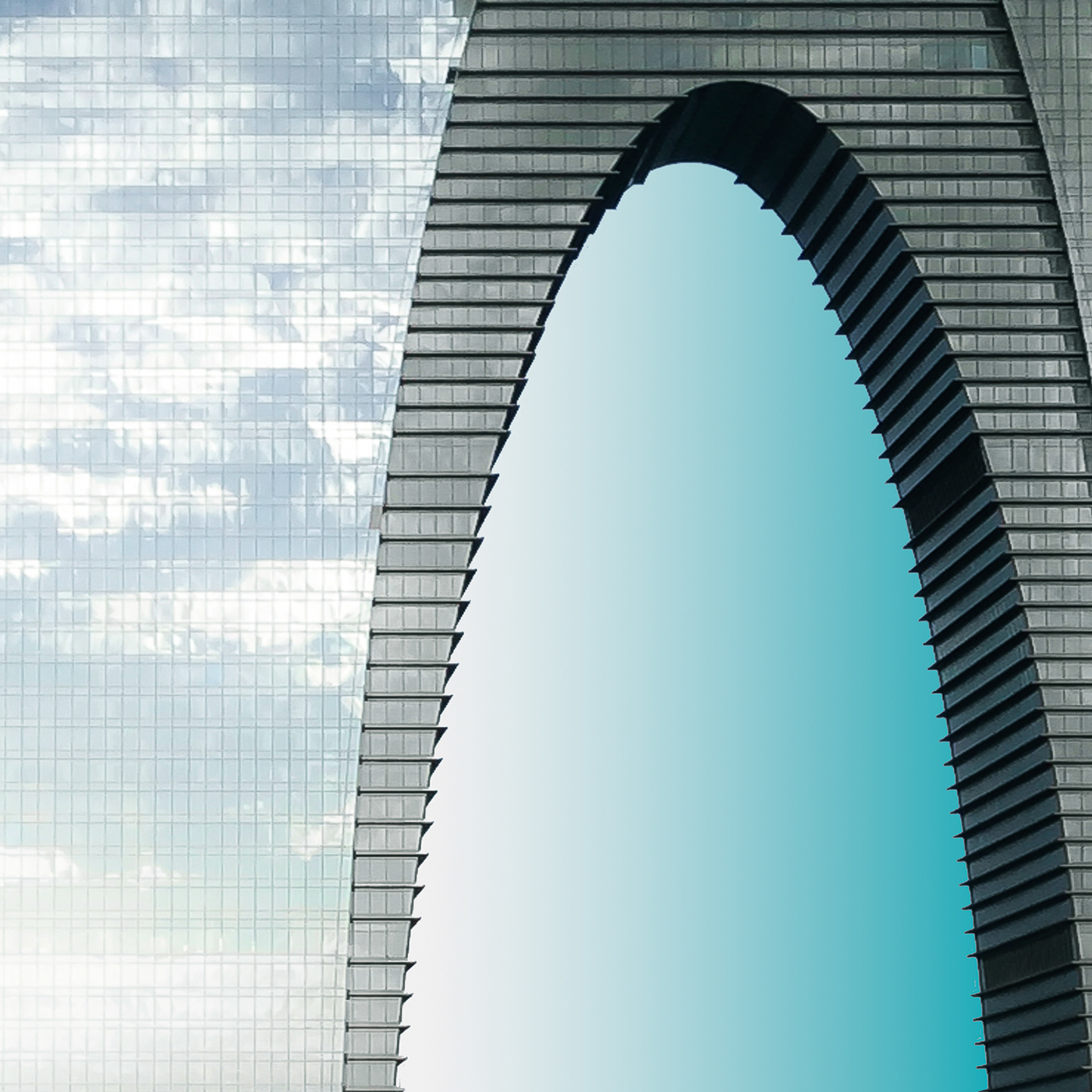
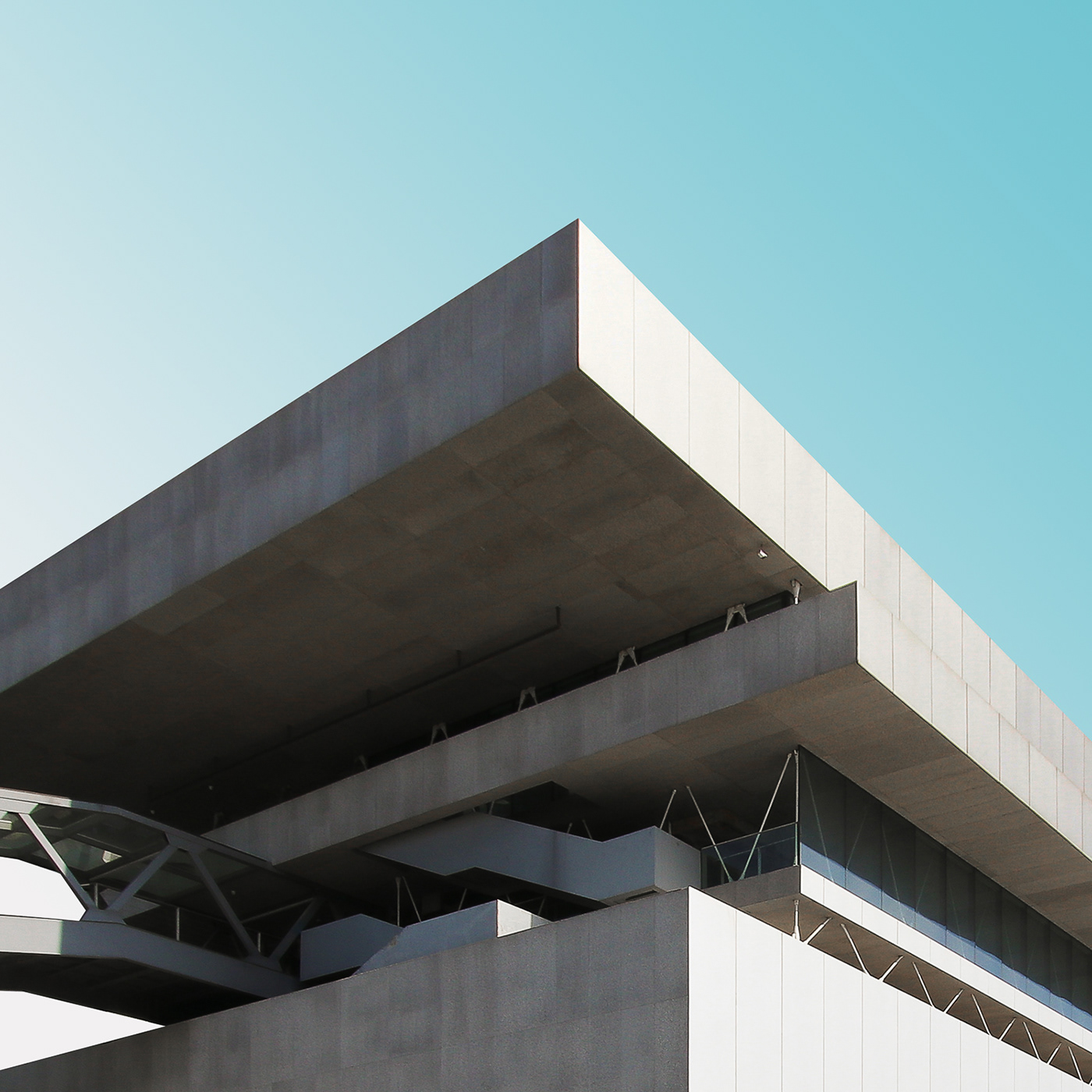

A Game Of Shapes, Colours and Patterns
Shape, colour and patterns, the elements every architect has to deal with daily, take the foreground in this photoseries. The 20 photographs show strong contrasts between forms and shapes, but perhaps even more between different cities. Can we dissect different styles suitable for particular cities? Structures jump out because of a strong use of colour (Guotai Arts Center) , its fluid shapes (Harbin Grand Theater) , its symbolism (Gate to the East) or its resemblance (Fake Hills). Each design has particular factors that defines its language and allows you to create memories with the building.Each building is taken out of context, all that’s left is it pure shape. This allows me, as an architect, to study and better understand the design that make the building the way it is. Beautified China is an ongoing process, a collection and a status update of China’s architecture. Beautified China for me, encapsulates my career both as an architect and photographer
The Beautified China II photo-series first appeared on CNN:
Limited prints are available: please contact me at krisprovoost@me.com for more info.



